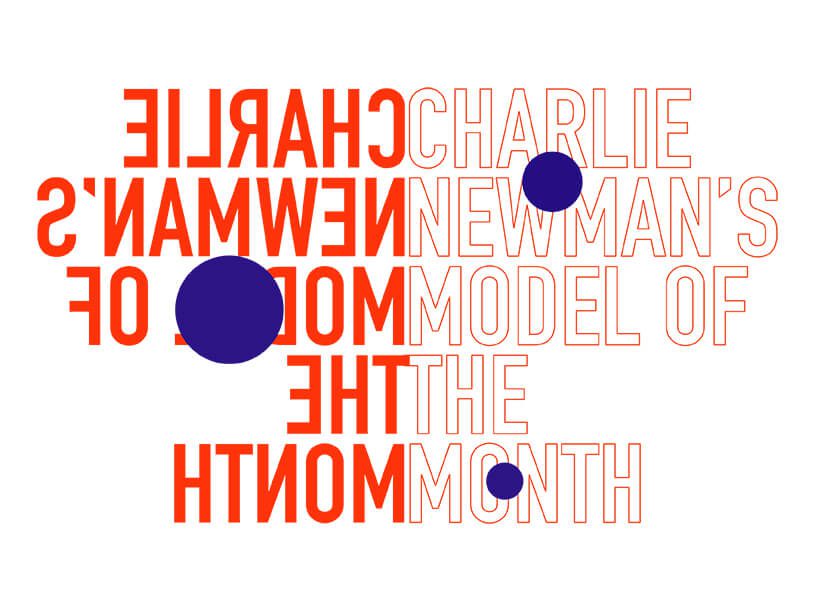
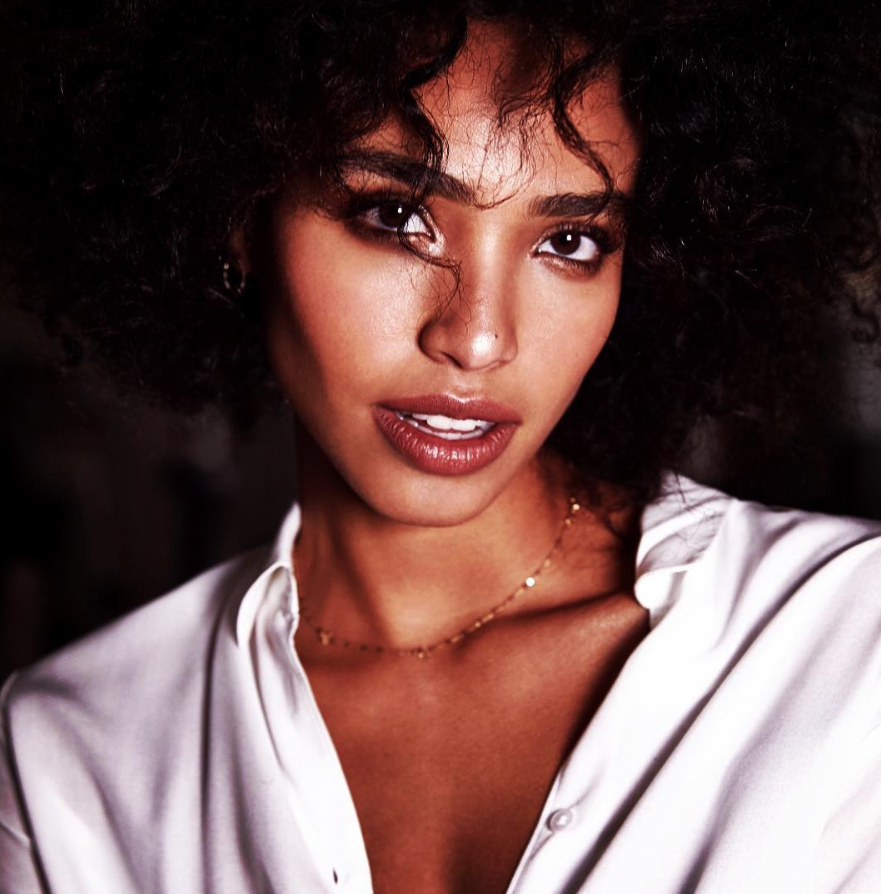
Model and founder of Metizo chocolate, Avril Guerrero. Instagram: @_avril_guerrero
LUX contributing editor and model at Models 1, Charlie Newman continues her online exclusive series, interviewing her peers about their creative pursuits, passions and politics
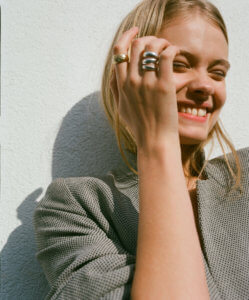
Charlie Newman
THIS MONTH: Having already modelled for twelve years, Avril Guerrero has enjoyed a longer career than most. She has appeared in campaigns for the likes of Victoria’s Secret, Moët, Uniqlo, Avon and Garnier, and has recently launched her own organic chocolate company Metizo. Here, she chats to Charlie about the lessons she’s learned from the fashion industry, running a start-up and tackling issues of sustainability.
Charlie Newman: Firstly, please can you tell us about your childhood and your journey into modelling?
Avril Guerrero: I was born and raised in the Dominican Republic until I left to work in New York aged 16. I went to New York literally the day after my high school graduation never to live in the Dominican Republic again. I got into modelling through my cousin who was an actor at the time at home. He put me in contact with my first mother agent in the Dominican Republic, who then put me in contact with US agencies who I later signed with. I was with MC squared for 10 years, they were like the family to me. They were the perfect agency to start my career with and now I’ve moved to Fusion, who I signed with about two years ago.
Follow LUX on Instagram: the.official.lux.magazine
Charlie Newman: How did you find moving to New York?
Avril Guerrero: The contrast was huge. Honestly, I think there’s something about being so young, you don’t think about things so much. It wasn’t as big a cultural shock as you would expect. If I had to do that again now, it would probably be a much bigger shock, but at the time it just felt right, it was so much fun! The funny thing was that I didn’t even speak English! But it was great because I was so bubbly, thinking back I was just smiling all the time. It was impossible to book me a job where I wasn’t smiling, I wouldn’t have known what to do! I don’t really remember being particularly anxious or nervous.
Charlie Newman: Were you always interested in fashion?
Avril Guerrero: My family aren’t into fashion at all, they’re far more focussed on sports. In fact, all of my aunts on my dad’s side are basketball players, two of which are in the hall of fame in the Dominican Republic for basketball! Fashion wasn’t necessarily something I was seeking, it just happened.
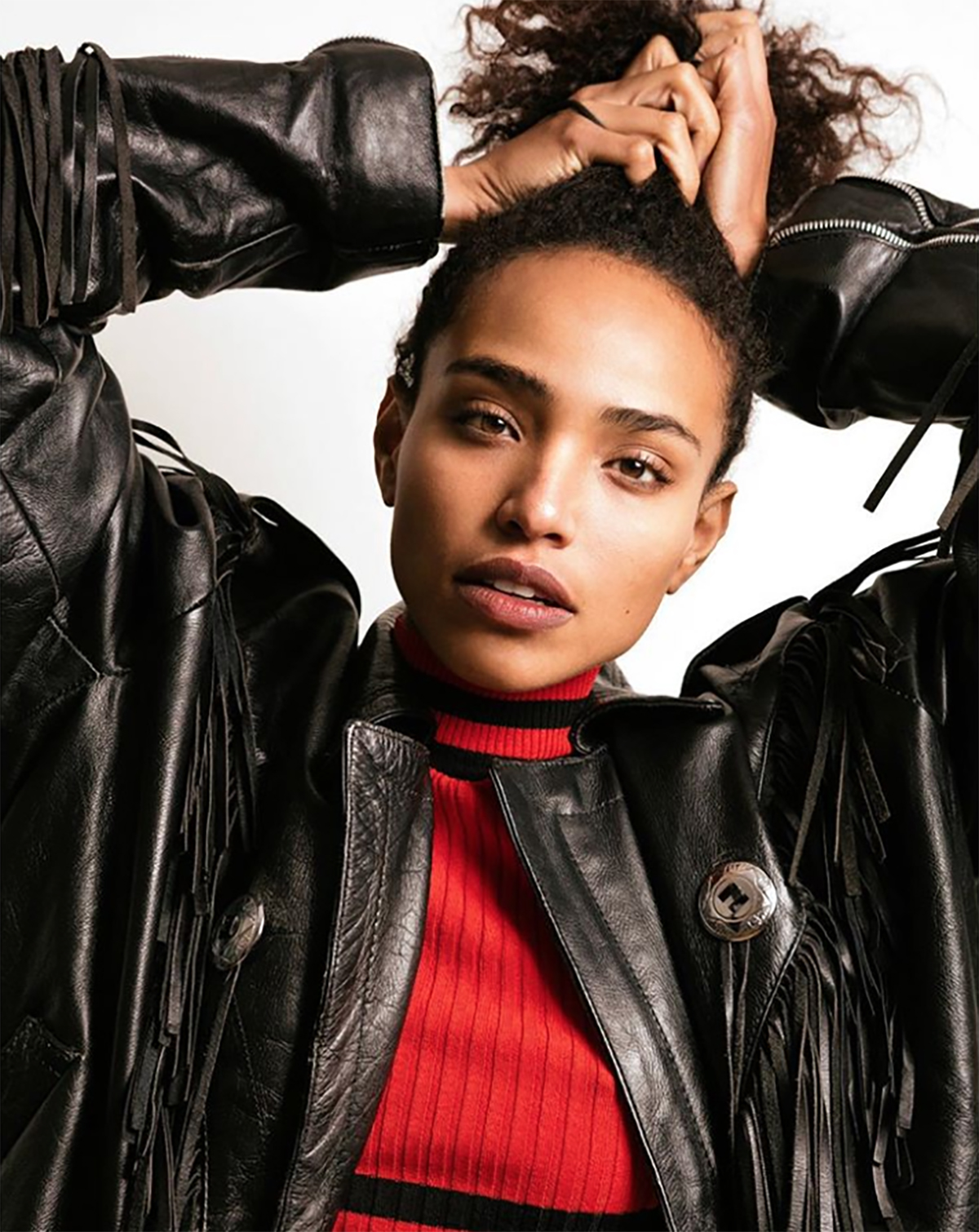
Instagram: @_avril_guerrero
Charlie Newman: What have been your career highlights so far?
Avril Guerrero: I’m embarrassed to say that I don’t really know. I feel like I’ve had an extremely steady career. I’ve never had that career where you’re suddenly thrust into the spotlight with one big job. I’ve had a very progressive career always in more commercial realms. In Paris I do mostly beauty and luxury jobs, but in New York more consistent commercial work. Never a big boom which is good because it’s been progressive and never gone down, well not yet!
Charlie Newman: What advice would you give to any young aspiring models?
Avril Guerrero: Models need to be smart in the sense that it is important to know that this job isn’t going to last forever. The one thing I’ve seen in common with a lot of younger girls is that they don’t understand that this is such an unreliable career and whilst it may go on for as long as mine has, I have to be honest that I don’t see the same girls now as to when I first started working. Also you have to know your purpose: why are you doing this job? For me modelling is a mean to get financial security and is an opportunity for me to travel the world, but that doesn’t have to be the same for everyone, we all have different ambitions. I think it important to be clear about what you want from this job.
Charlie Newman: What has modelling taught you about yourself?
Avril Guerrero: I’ve been thinking about this a lot lately. To do something for 12 years, has made me think: wait, what have I actually done in all that time? The one thing that modelling has taught me so much is my own strength. It’s shined a light on the capacity of my strength to be self sufficient because I have to travel so much and be alone in all sorts of places, and [it takes strength] to be thrust into so many new places at such a young age. It really takes everything you’ve got, not to just get through them, but also to learn. Modelling has definitely made me a stronger person, purely by being so exposed.
Read more: OMM’s Creative Director Idil Tabanca on creating an art institution
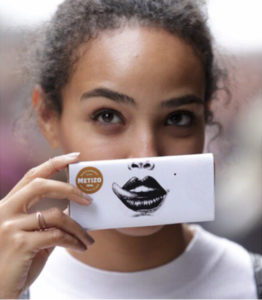
Guerrero’s chocolate brand Metizo
Charlie Newman: How did your organic chocolate company Metizo come about?
Avril Guerrero: My father is an agriculturalist in Dominican Republic and my grandfather had a big farm, which grew cacao and coffee. When my grandfather died around 12 years ago, my family didn’t want to have to deal with the farm anymore because it was a lot of work so thought about selling it, but I really didn’t want them to. Somehow I managed to convince my boyfriend and myself to buy this big farm in the Dominican Republic even though we’re based in Paris and in New York!
We both love cacao and chocolate, and he already works in the wine industry so we decided to use our tools and experience by launching a chocolate company – it’s brilliant! We’ve had the farm for three years now, where we employ three people full time and then during harvest season between 15 to 20 people depending on the yield that year. Then in Paris it’s just my boyfriend and me! We have a library of 15 flavours that we have mastered, but at the moment we are only producing four of them. It’s mostly dark chocolate and for now, we only do direct sales through pop-up shops, online and private events. We also offer classes called ‘bean to bar’ where we teach everyone about the whole process and give them the opportunity to make their own bar.
Charlie Newman: What has it been like setting up your own company?
Avril Guerrero: Extremely challenging, especially because we’re trying to manage people who live in a different country and in a different culture. I might have grown up in the Dominican Republic, but I grew older in New York and in Europe. As a result, I think my mindset is no longer in tune with the in the Dominican Republic, when it comes to business at least. So it’s a lot about learning how to convey your message and maybe even learn how to bend the rules a little, and I don’t mean that in a bad way at all. There’s a really interesting power dynamic between how to give and how to retain power in order to make things work. So it’s been a big challenge, but to be honest it’s been amazing because I’ve learnt so much about communicational skills as well as about the entire production.
We have complete control over our supply chain which means we can intervene at any moment. I’ve learnt everything about the whole supply chain: how to work the soil, what colour the cacao needs to be, the chemistry behind the fermentation process and how to transport my Dominican Republic bean all the way to France. We harvest and do some post-harvest processes in the Dominican Republic like the fermentation and the drying process of the beans and then the chocolate part of it is based in Paris.
Read more: London to Cornwall in a luxury Mercedes-Benz camper van
Charlie Newman: Is it a sustainable product and business?
Avril Guerrero: That was a big part of the business project. Whilst studying business [at London’s Open University], my favourite class was always sustainability. The whole issue was how in a globalised economy how can we keep the convenience of globalisation and it’s positive effect whilst also minimising the problems it creates. The supply chain is such a big problem because there are so many intermediaries. Transparency is extremely opaque, in cacao it’s really difficult to measure because a lot of the beans come from the Ivory Coast and there is not enough regulation there, so there are many ethical issues. By being able to handle the bad side of the industry ourselves is a huge blessing because we know exactly what is in each chocolate bar, we know how the beans were not only planted, but also harvested. We know our guidelines and we know where we stand and what value we want to incorporate in our company, because at the end of the day this is an opportunity for me to practise what I preach.
I want a more equal society so I’m thinking about how I can do that. I don’t have any public power or governmental power over policies, but now I have the power of a company which is a big lesson for me. Having gone to business school and having my own business portrays the power of the private sector and the fact that change will come from that in capitalist economies. The Dominican Republic may not be the biggest export in cacao, but we are the biggest in exporting organic cacao. It’s still an industry that is growing and becoming more regulated. A lot of the cacao in the Dominican Republic is organic already because of the natural good quality of the soil. We don’t need to treat our soil with chemicals because we don’t have as many diseases as other producers, which has therefore put us in an interesting position within the market.
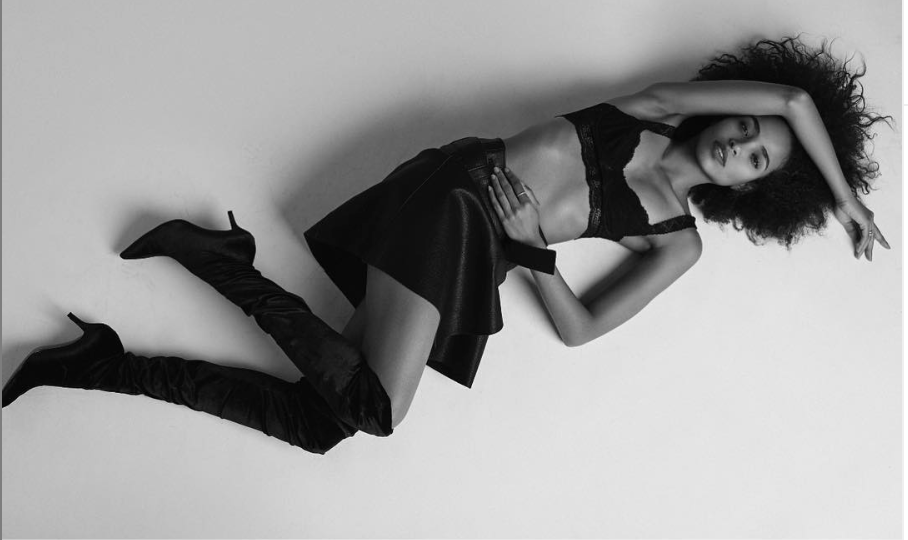
Instagram: @_avril_guerrero
Charlie Newman: What does Metizo mean and what is the story behind it?
Avril Guerrero: Metizo is a combination of Mestizo in Spanish and Métis in French which translates to bi-racial. Again, I want to use my enterprise and platform to deliver my message and in this case it’s about tolerance. At the time when we started to think about the concept of the brand there was a big issue with immigrants coming into Europe and there was a lot of fear surrounding that. It really made me think a lot, especially as in the countries I consider home – the Dominican Republic and the United States – we are all immigrants, no one is from there. To have that fear about new people coming in is understandable, but at the same time it’s extremely hypocritical because we ourselves are immigrants. Everywhere I’ve lived for the past 12 years, I’ve always been an immigrant. The designer for the packaging, Amandine Delaunay, transformed our ethos into physical design. Each bar has different eyes and mouths on it, so the idea is you can combine a different face with each chocolate bar.
This divide and fear we are all experiencing in some shape or form is a phenomenon that is happening simultaneously everywhere, from Europe to the U.S to my own country. I think it’s really important to understand that no one wants to leave their home for the sake of it, no one wants to embark on a mission and endure the hardship of travelling on a boat not knowing if you’re going to get to your destination. This is not a pleasure trip, you’re moving because you have no choice, you need to leave. We need to cover basic needs, people are dying so we need to be nicer.
Charlie Newman: Are there any stores you would like to see Metizo in?
Avril Guerrero: Our product is more on the luxury side of things, we’re not necessarily trying to sell you another chocolate. We’re offering you something different and sharing an interesting story, it’s never about just delivering another product. Our story is encouraging people to be more tolerant and to look inwards in order to see what we all have in ourselves wherever we are from, whatever our situation. I don’t have a a mission to be in all the biggest stores, rather to be in a few hand-selected stores with a similar objective.
Charlie Newman: Finally, who is your role model of the month?
Avril Guerrero: It’s got to be my family because I think a role model has to be someone you trust. I would never choose someone famous because I have no connection with them, I don’t know the real them. Growing up, I believe it’s more necessary to have role models because you have to start making decisions before having experienced them.
Discover Metizo’s products: metizoparis.com
Follow Avril Guerrero on Instagram: @_avril_guerrero
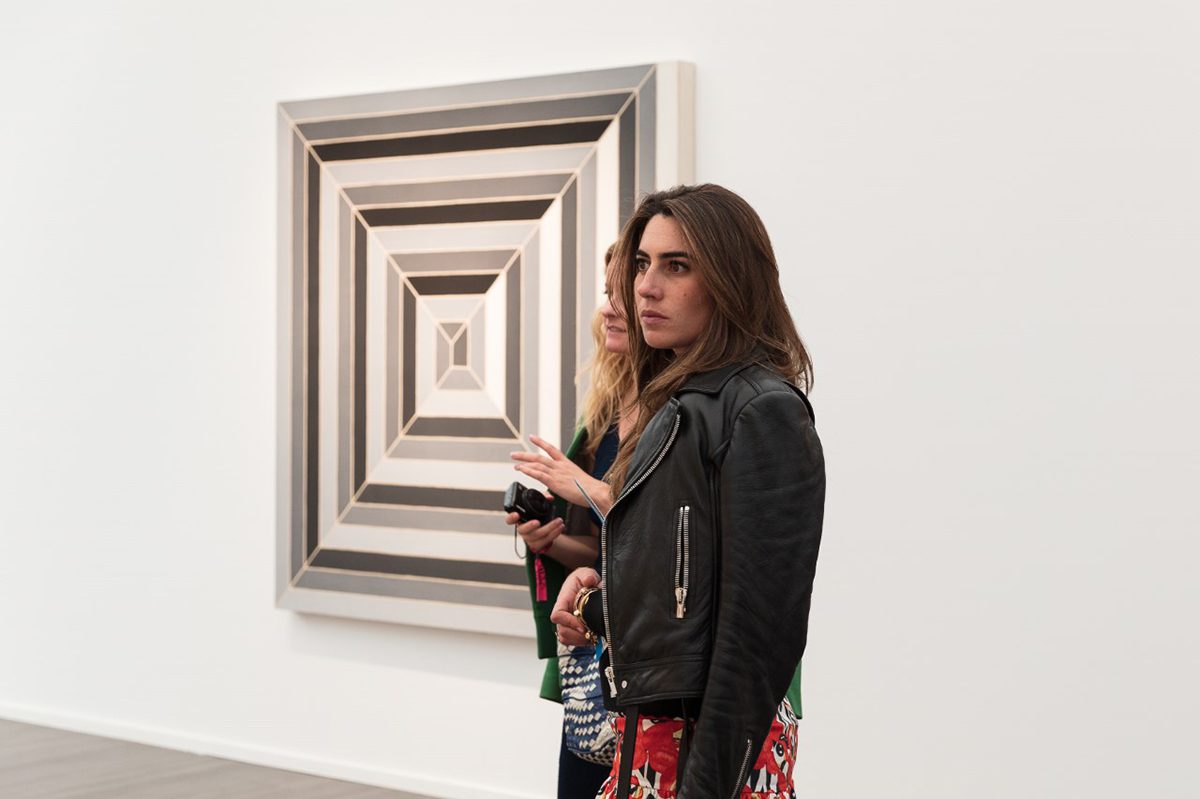
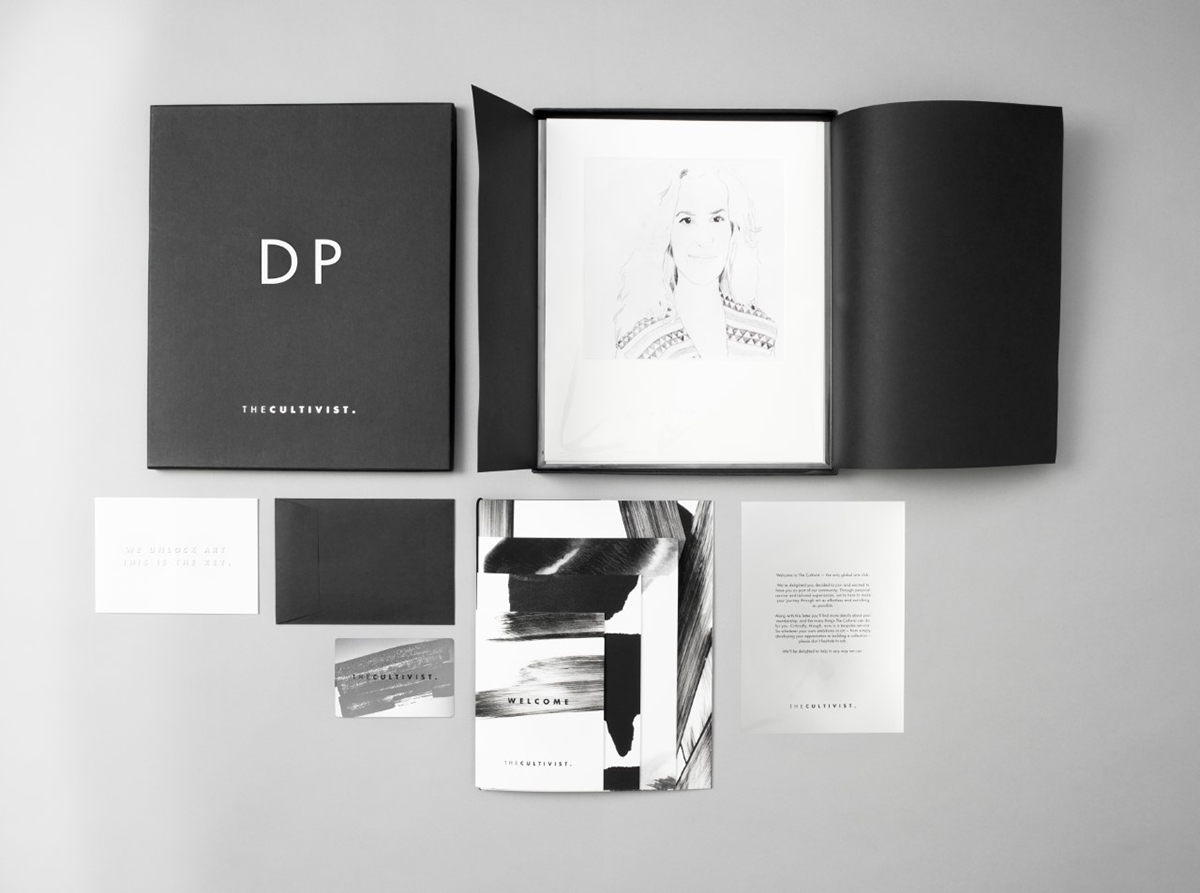
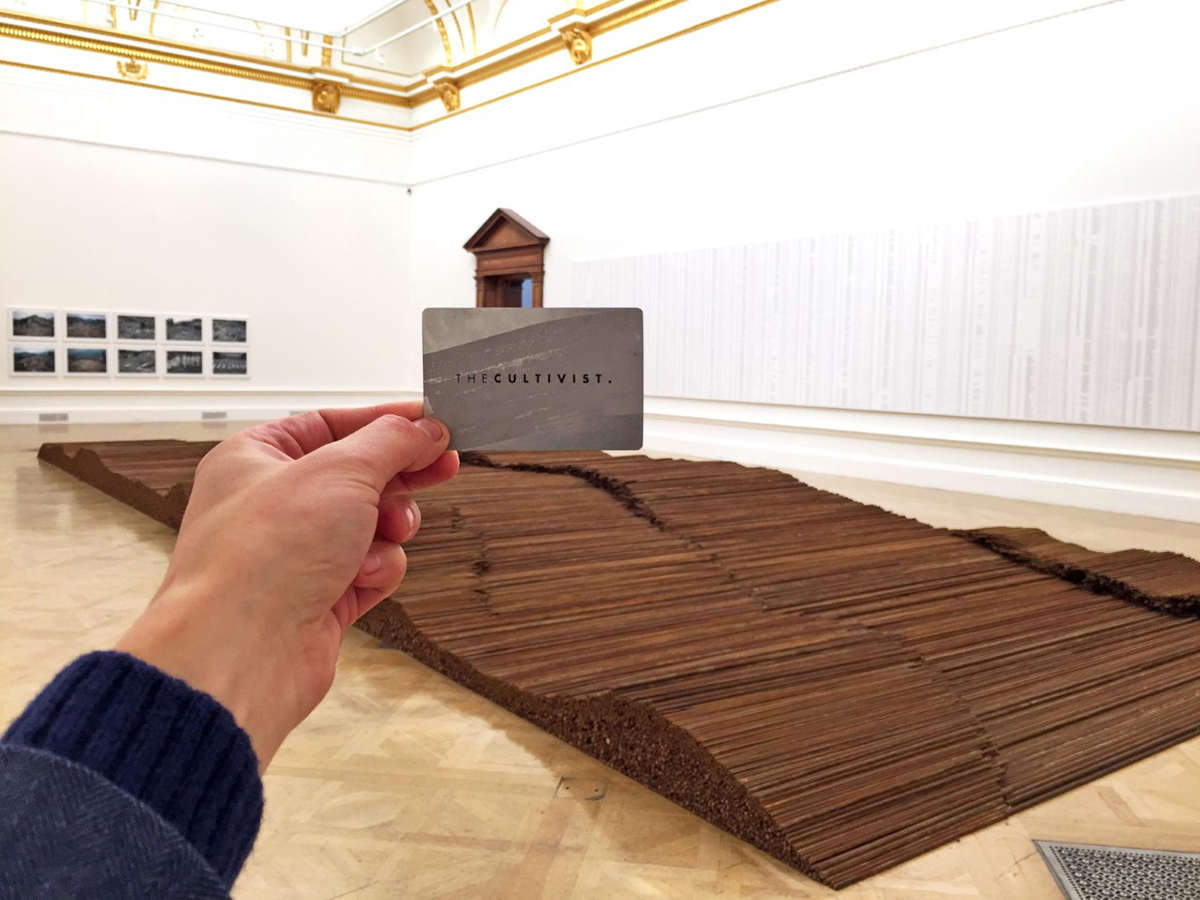



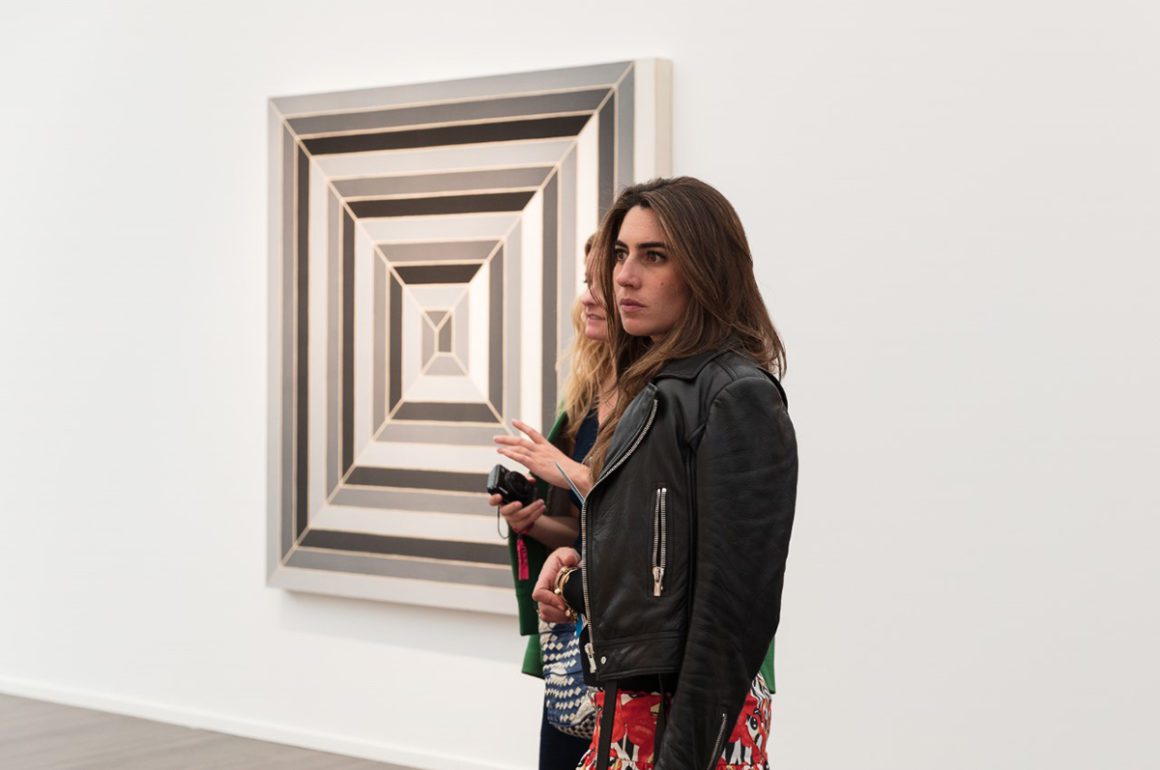
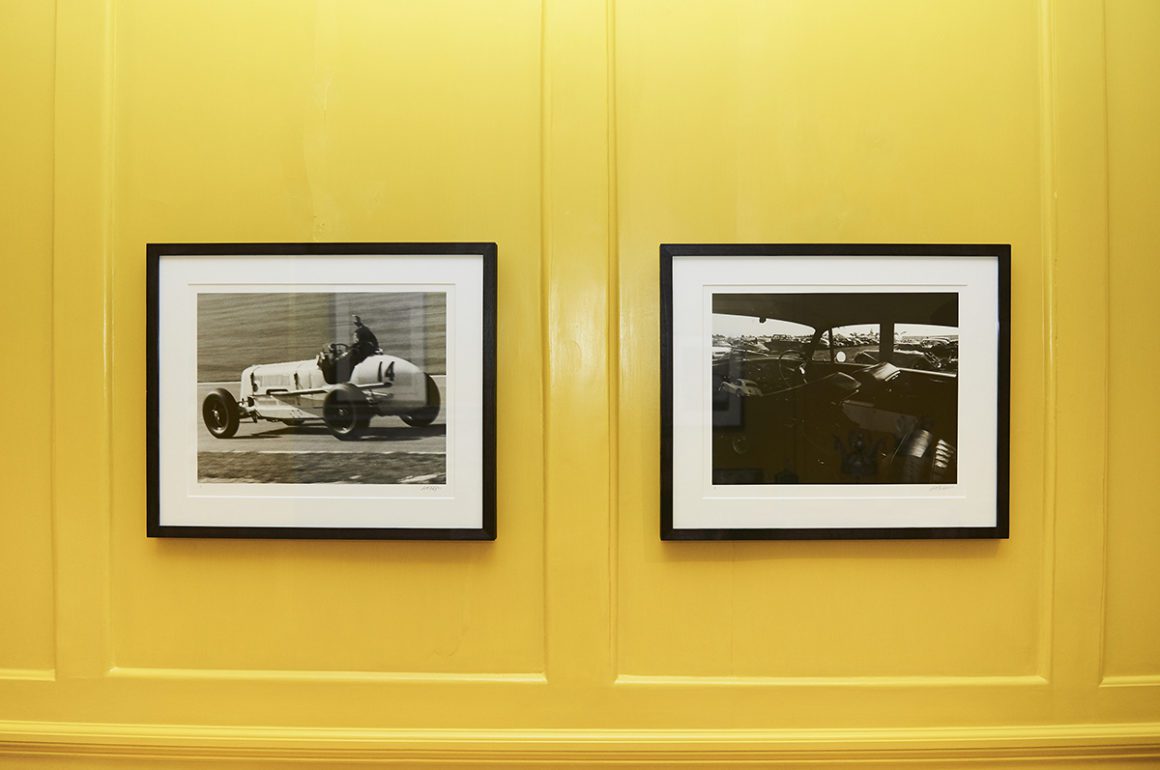
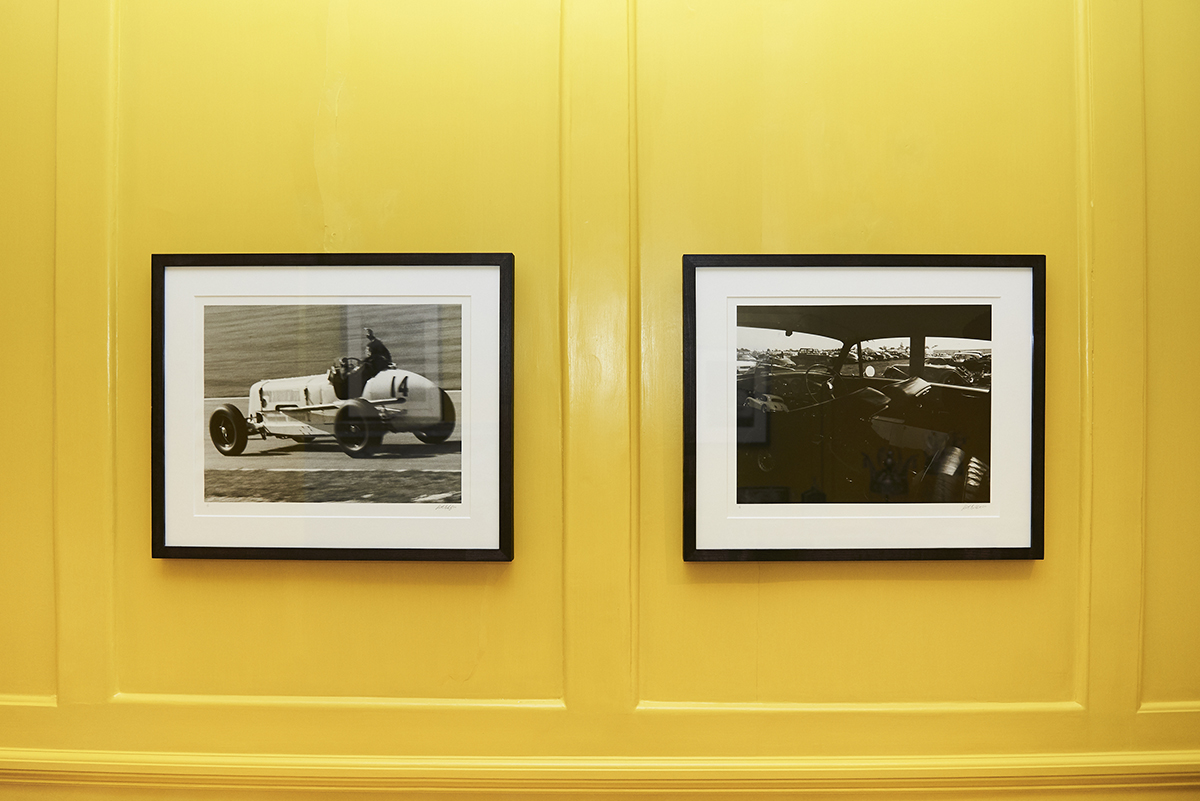
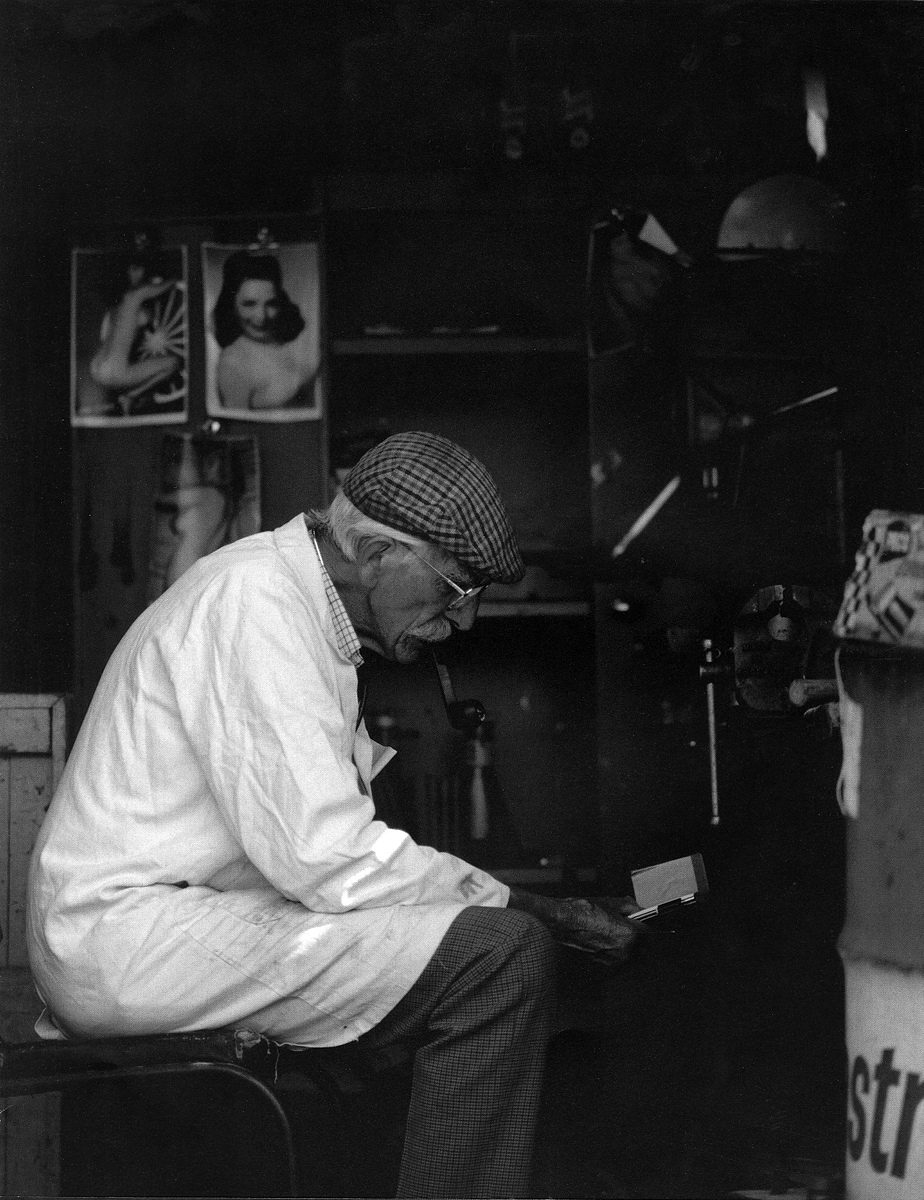
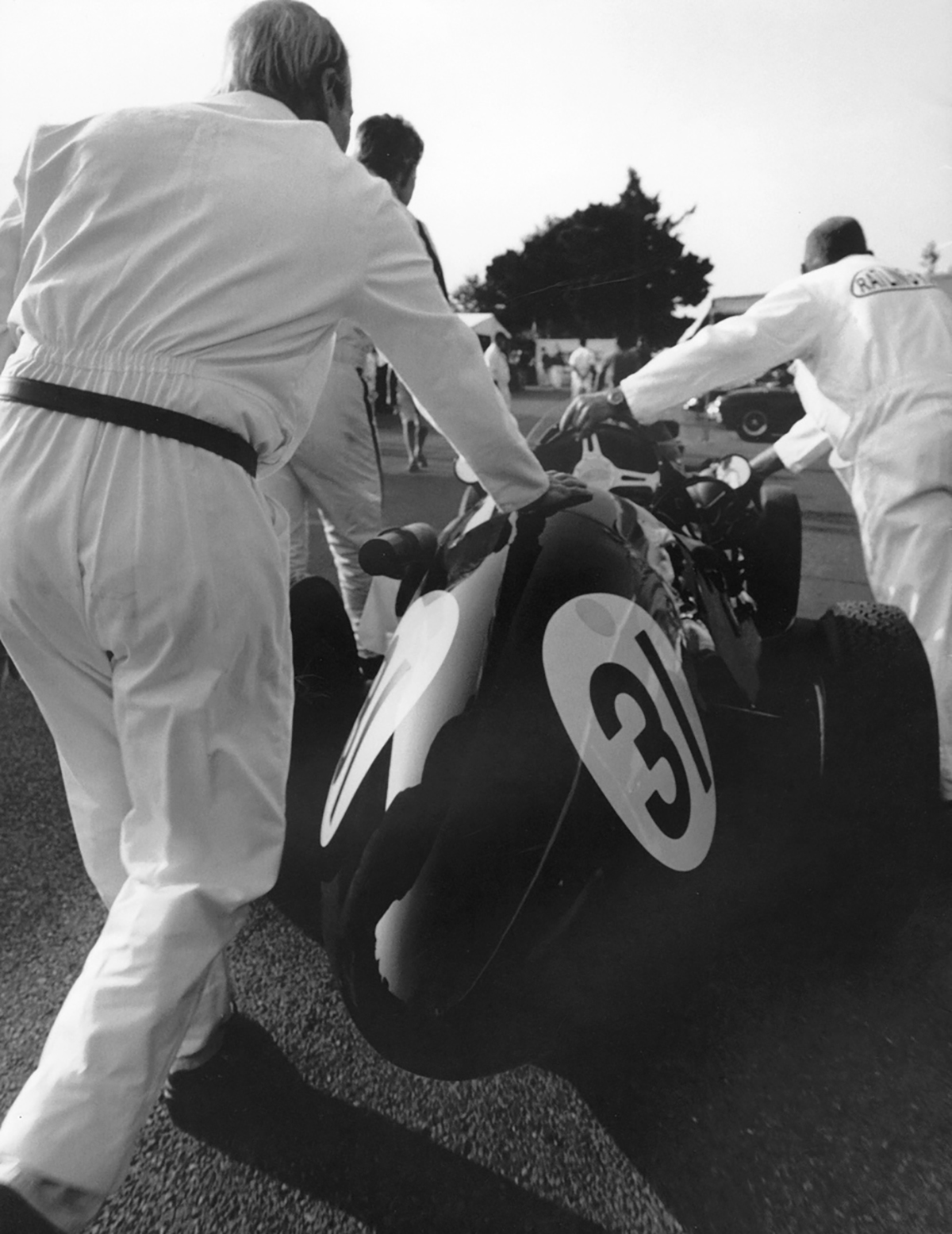
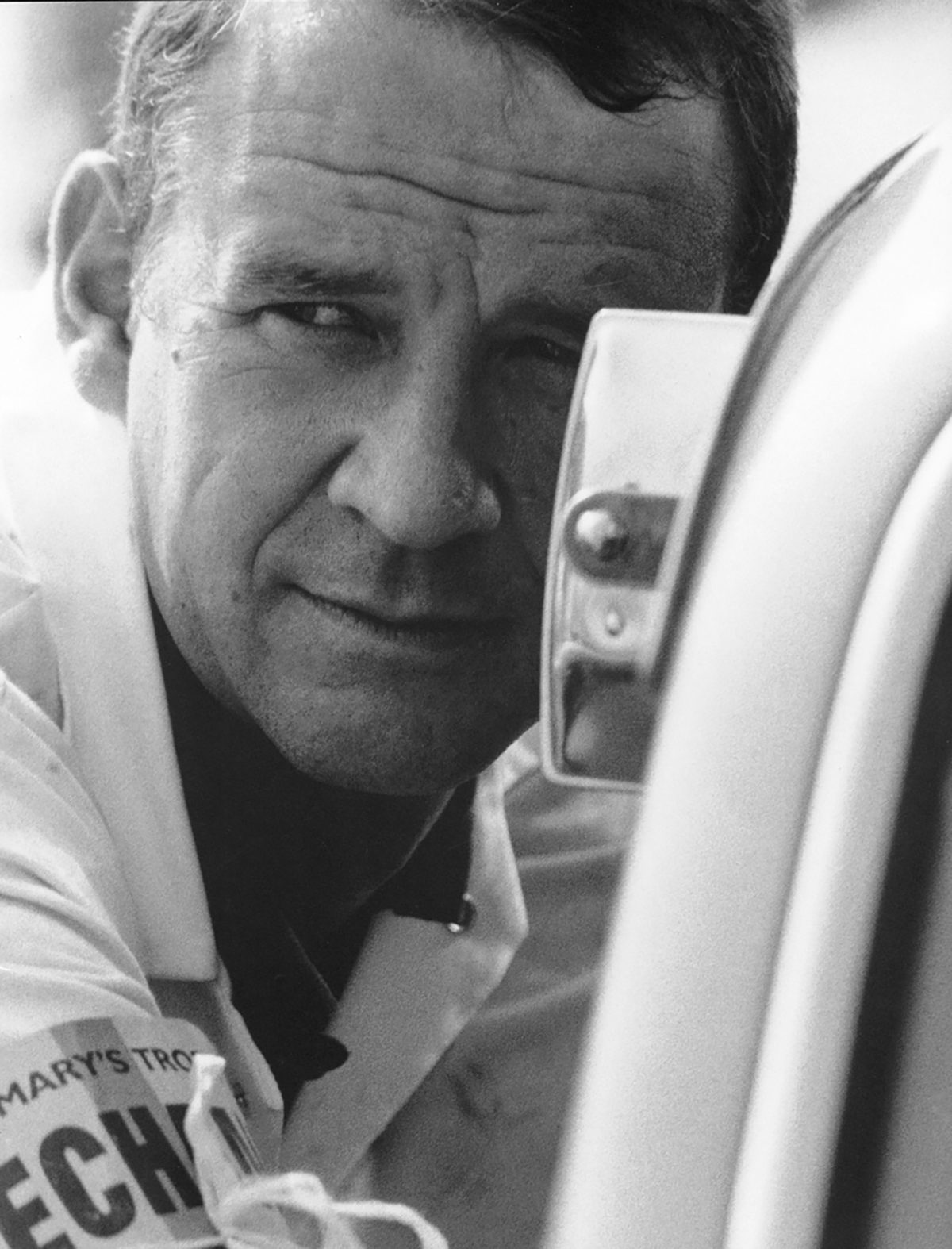
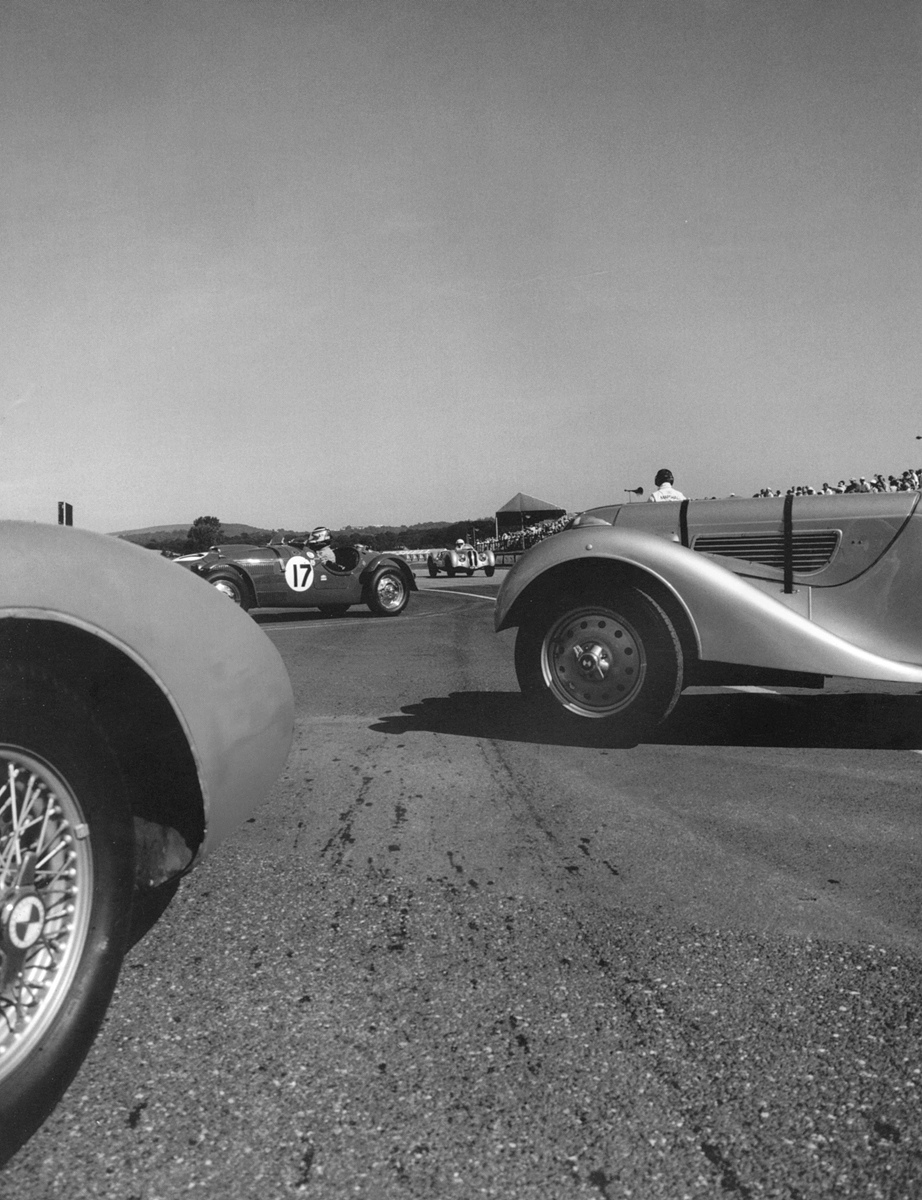
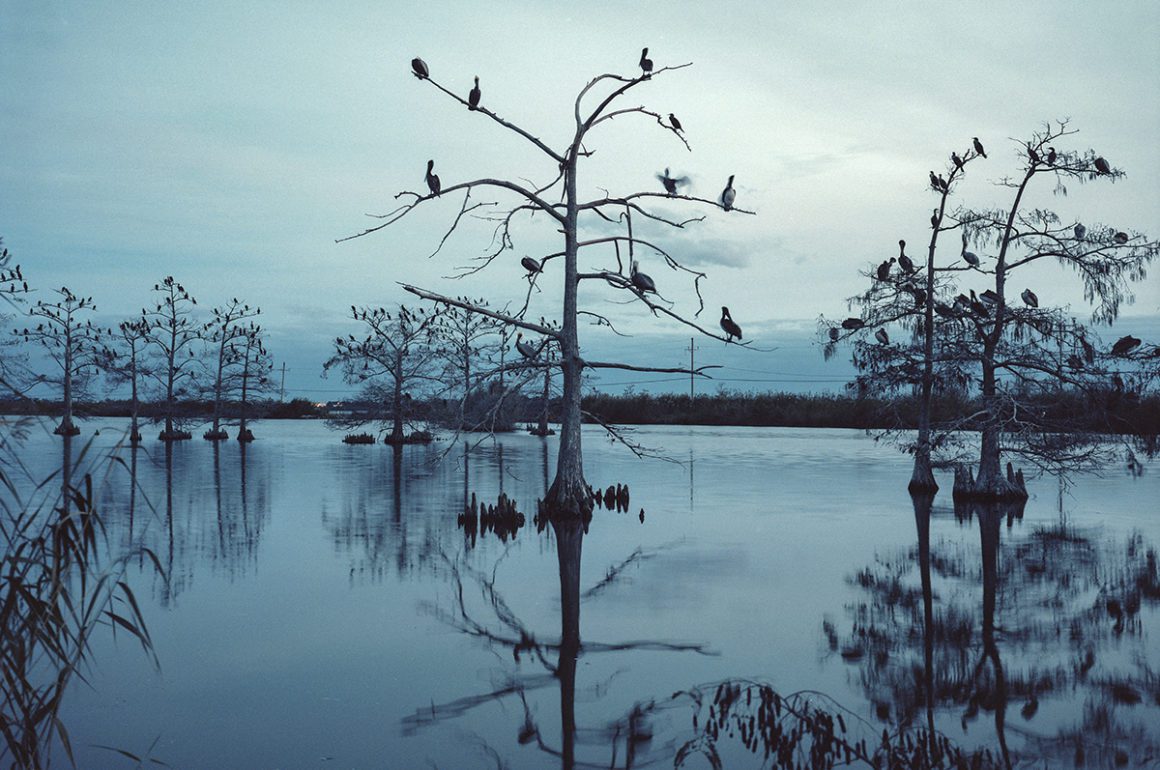
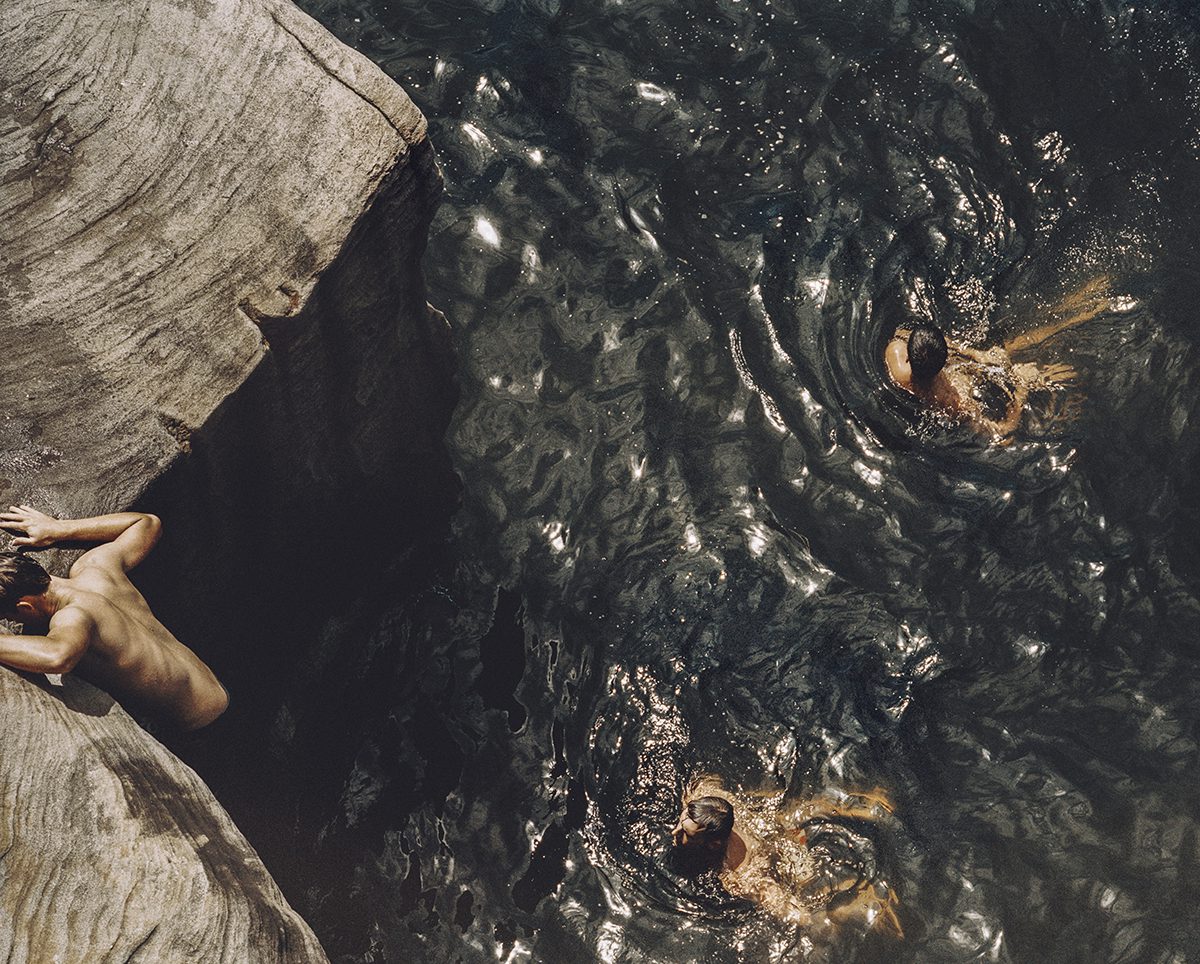
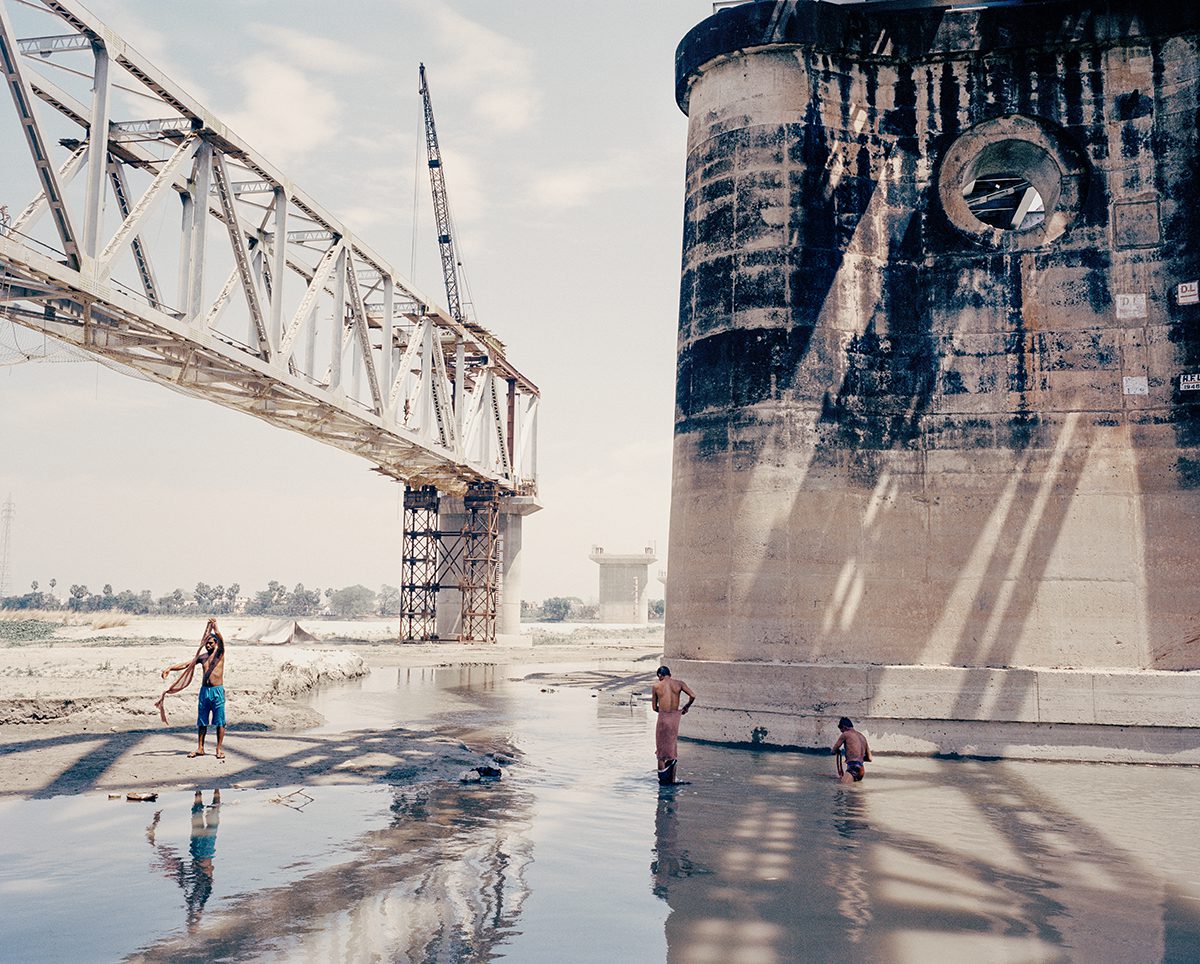
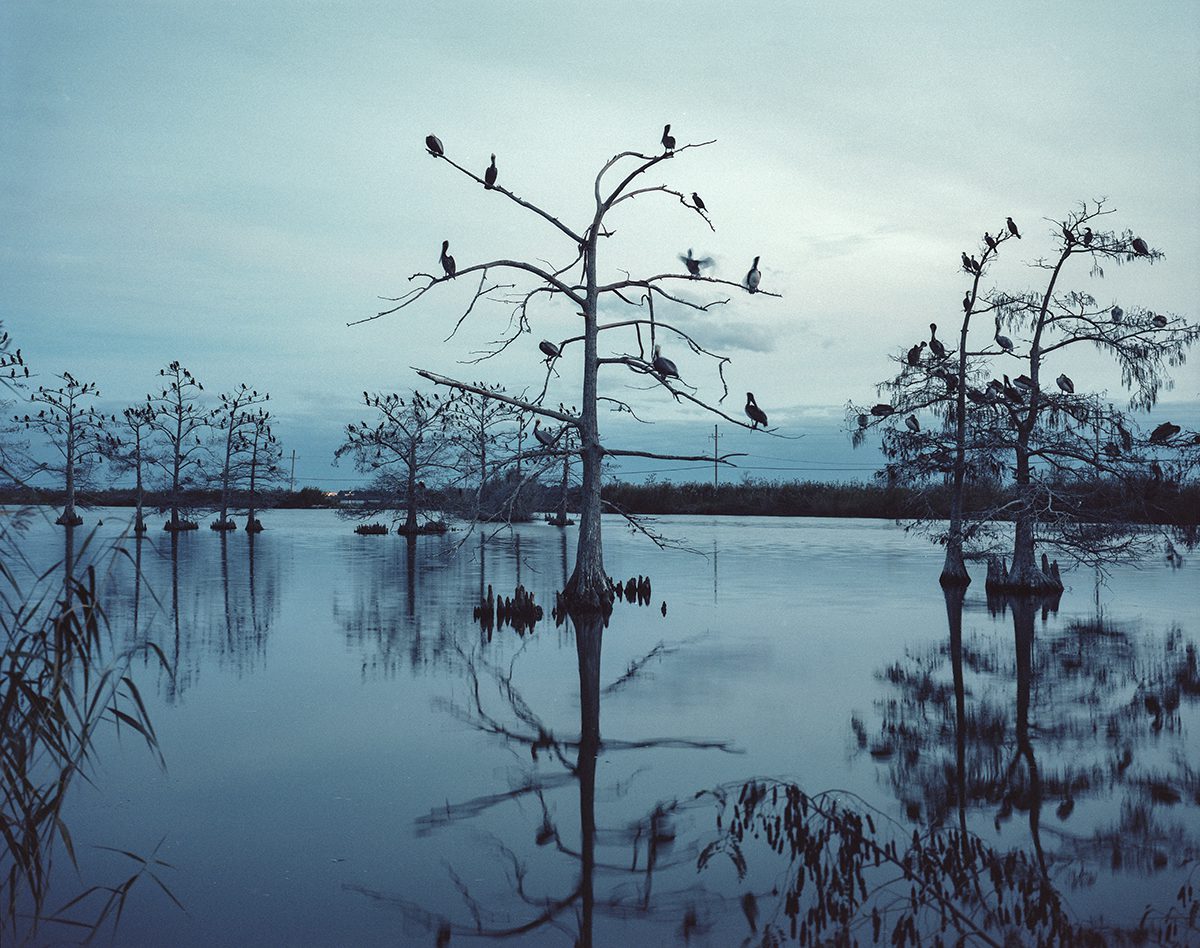
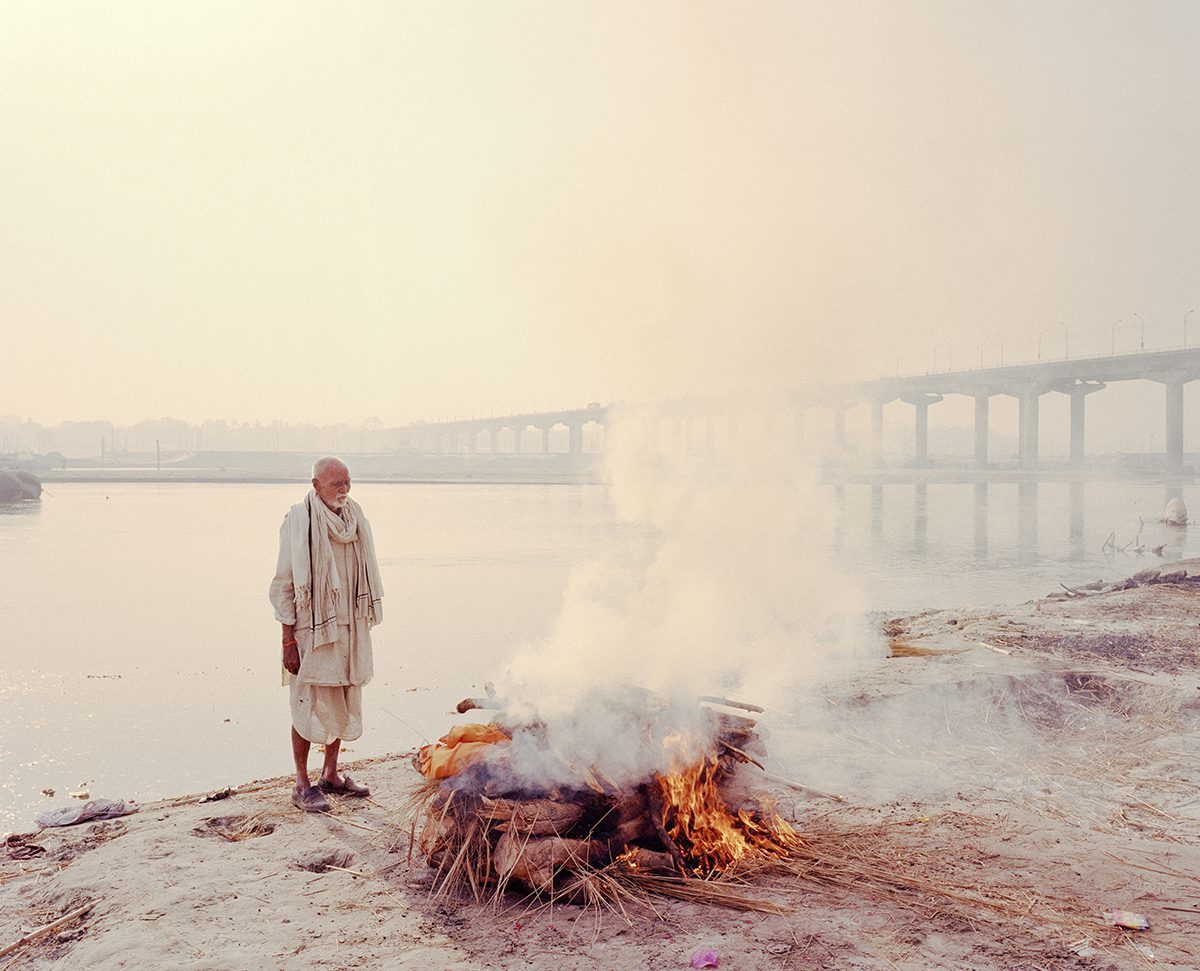
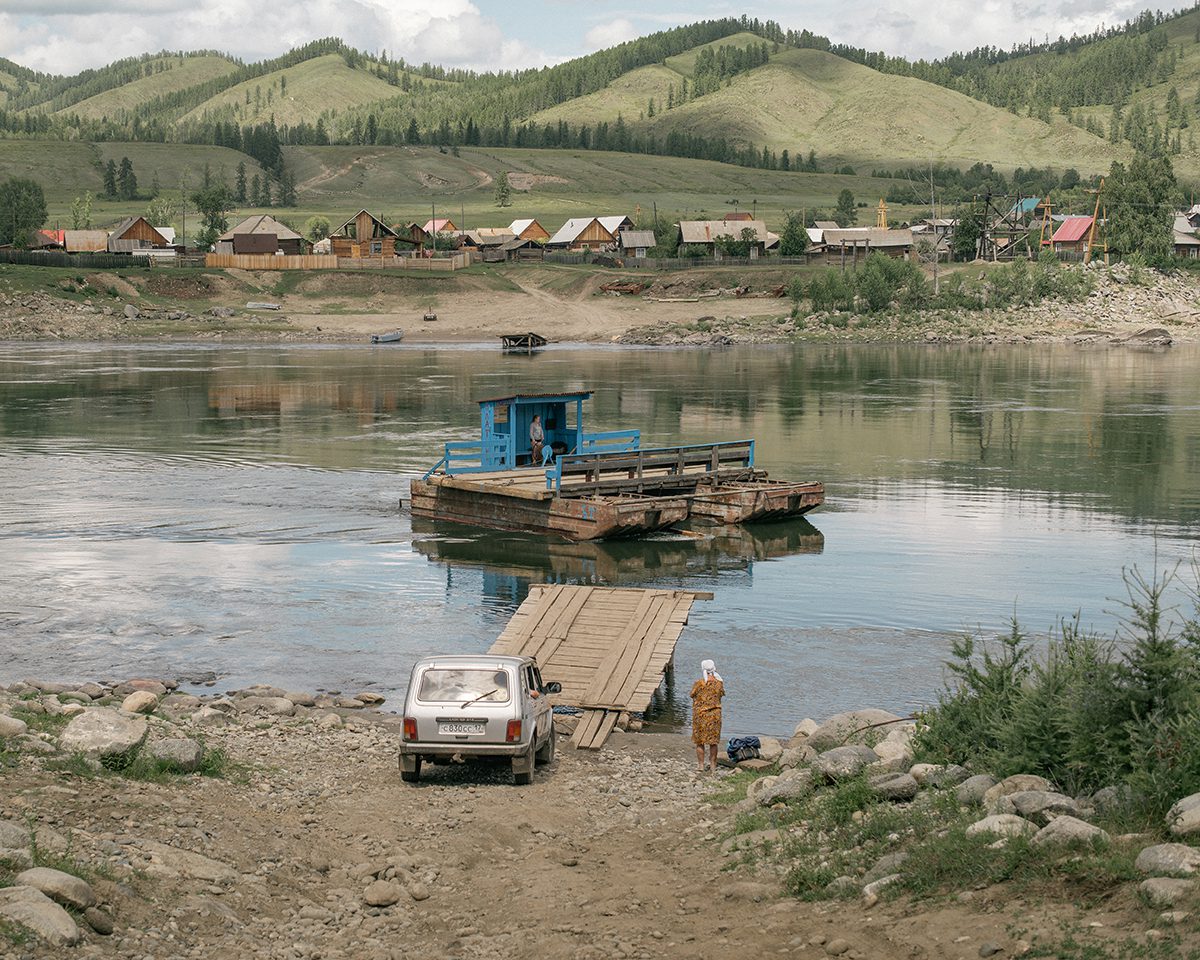
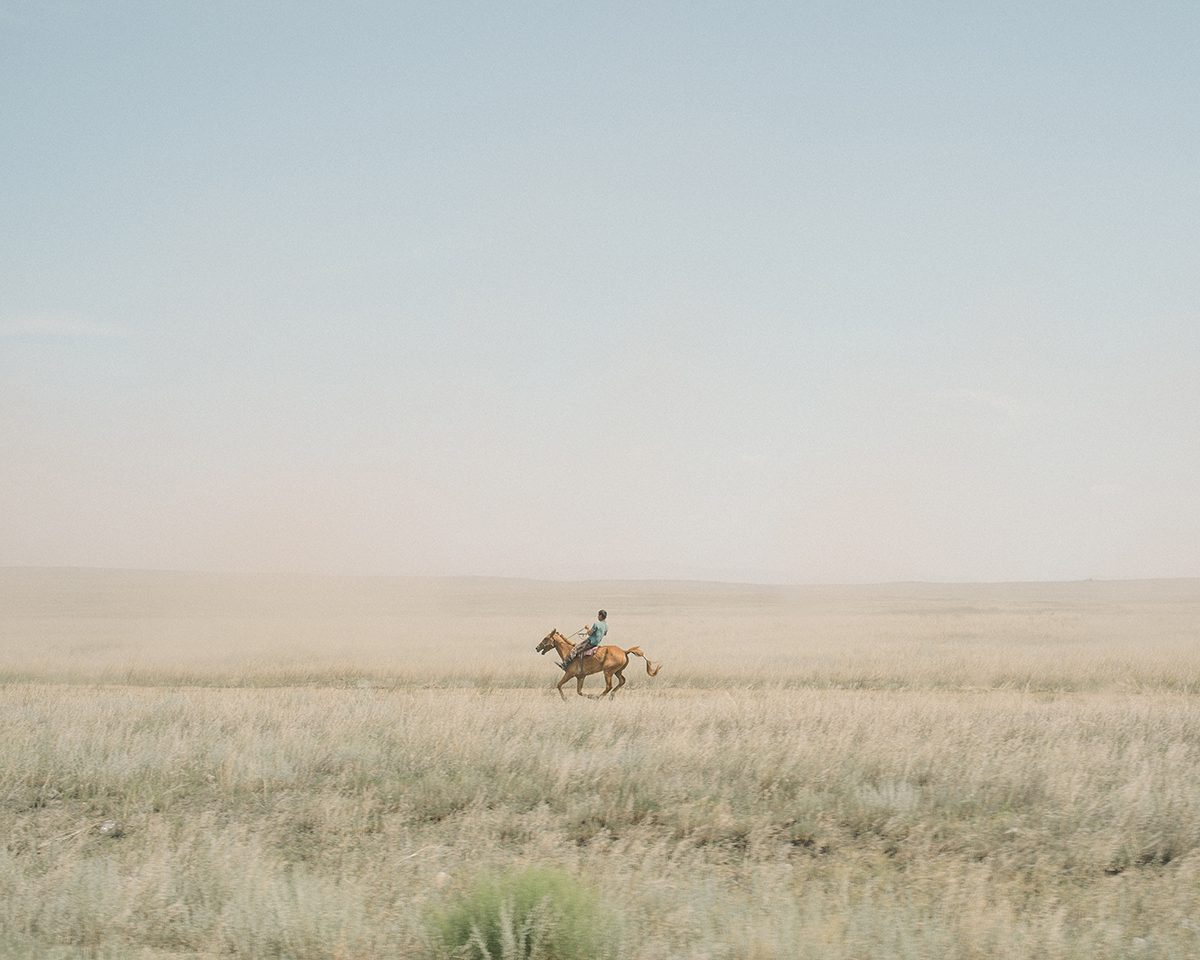
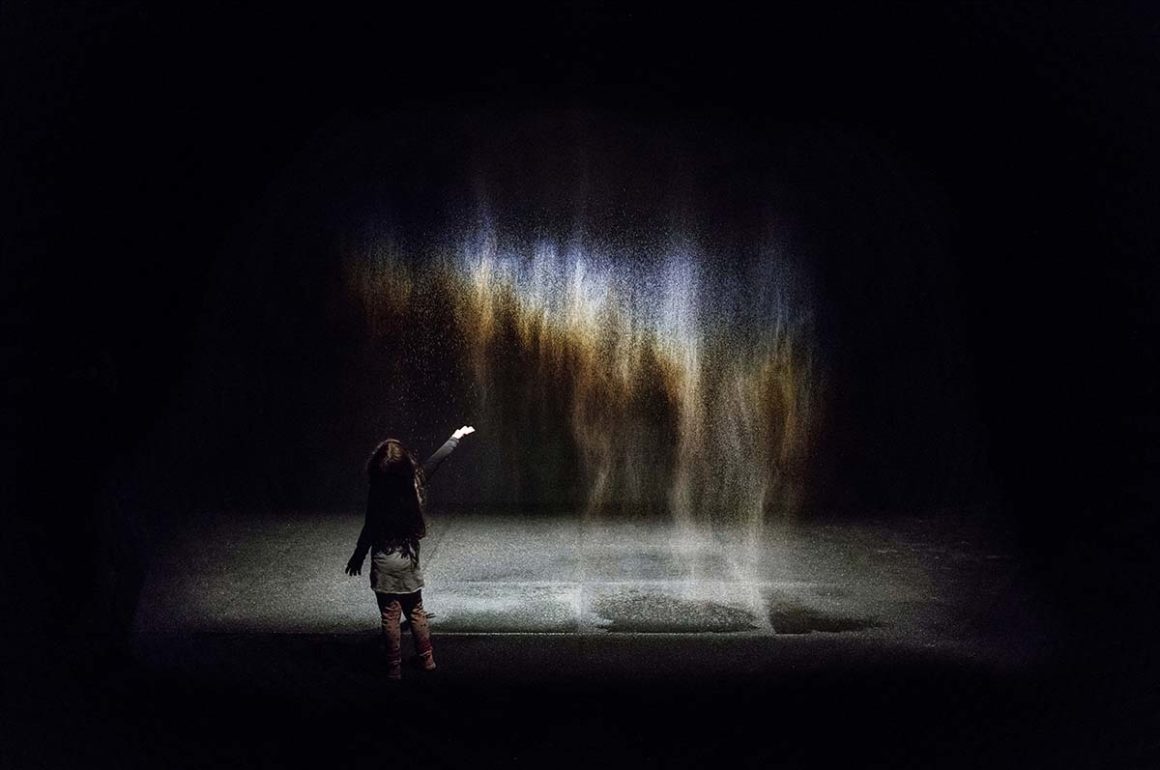

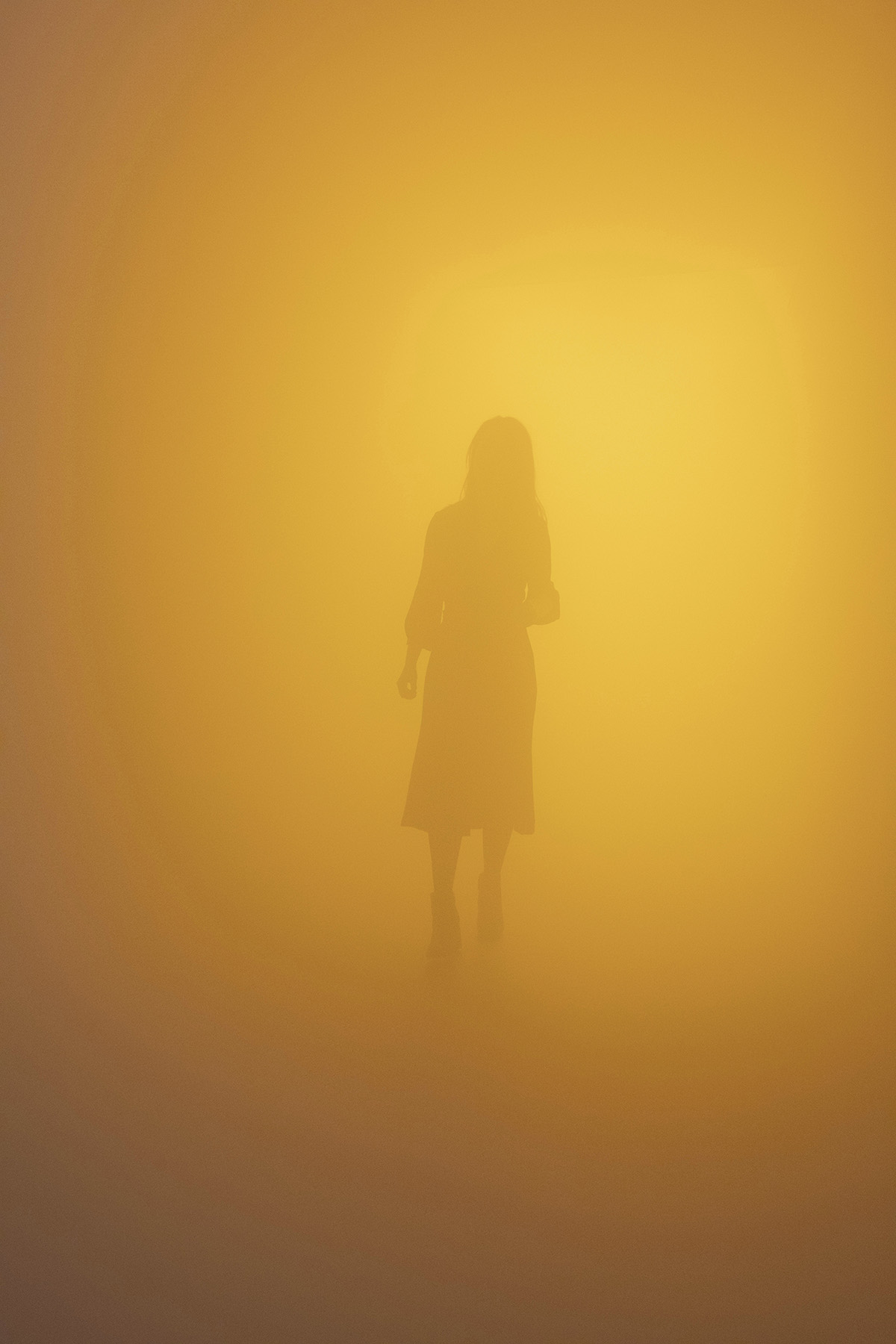
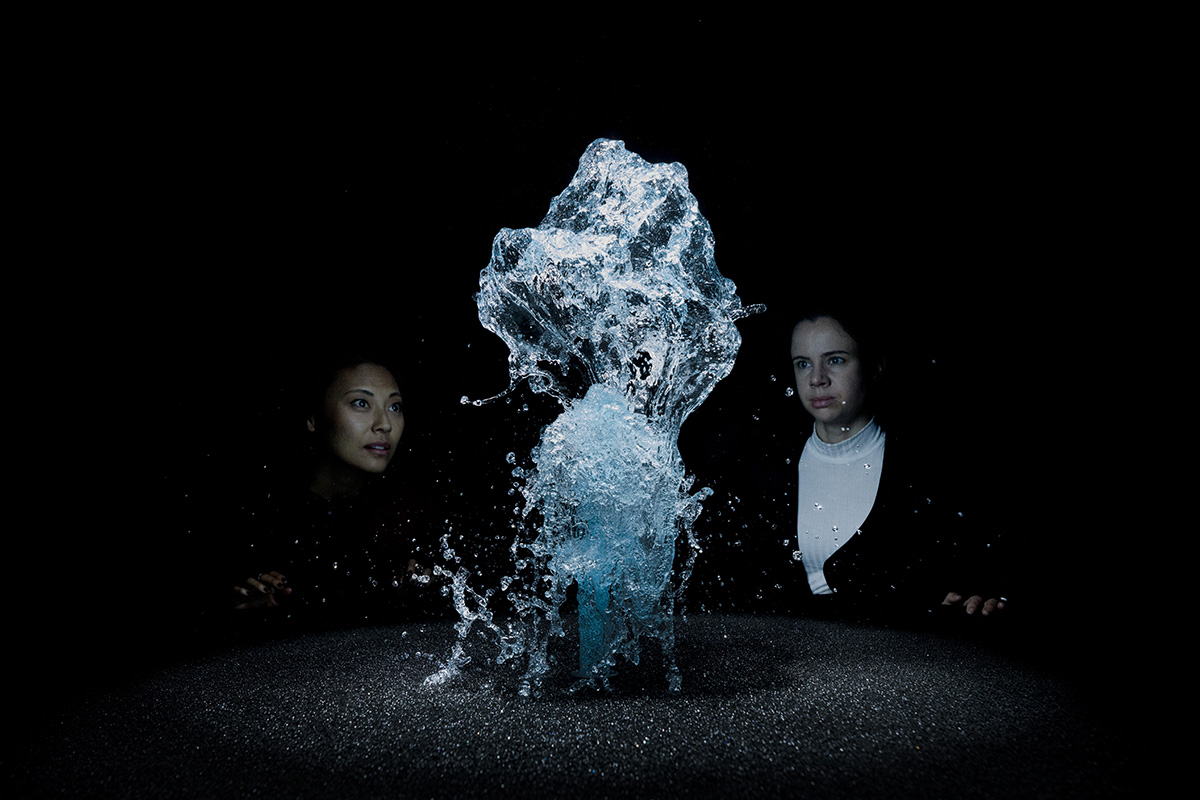
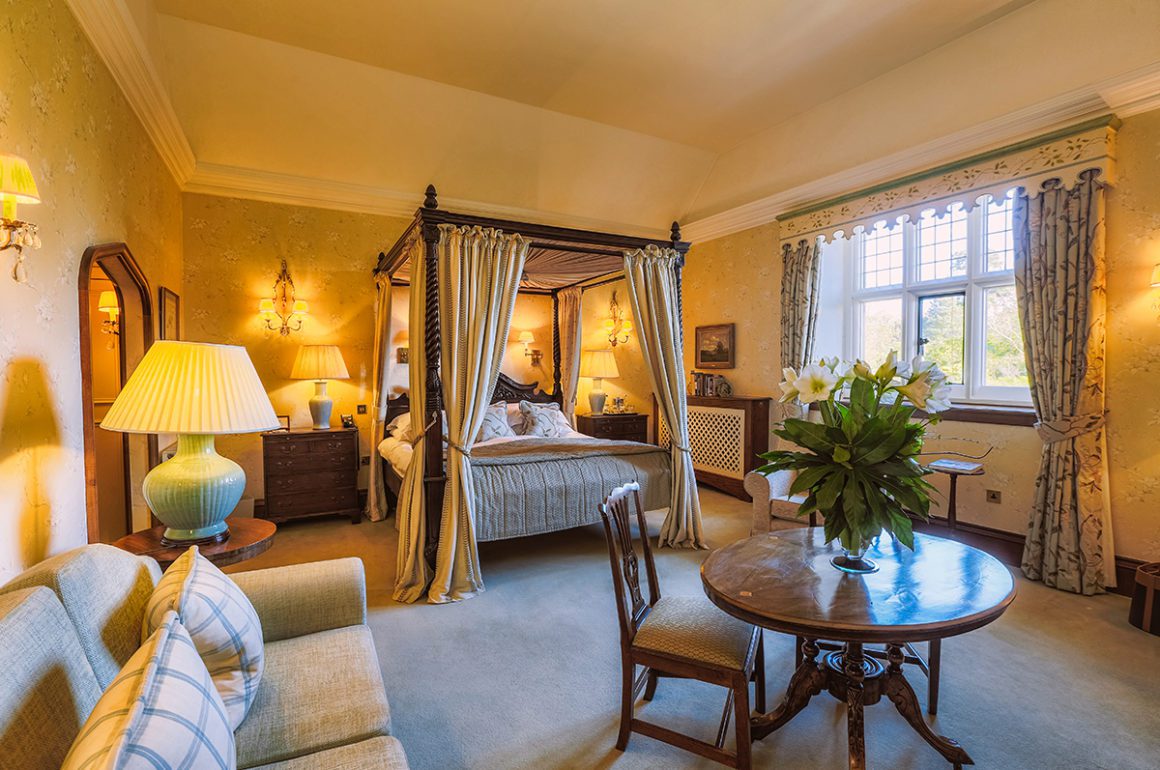
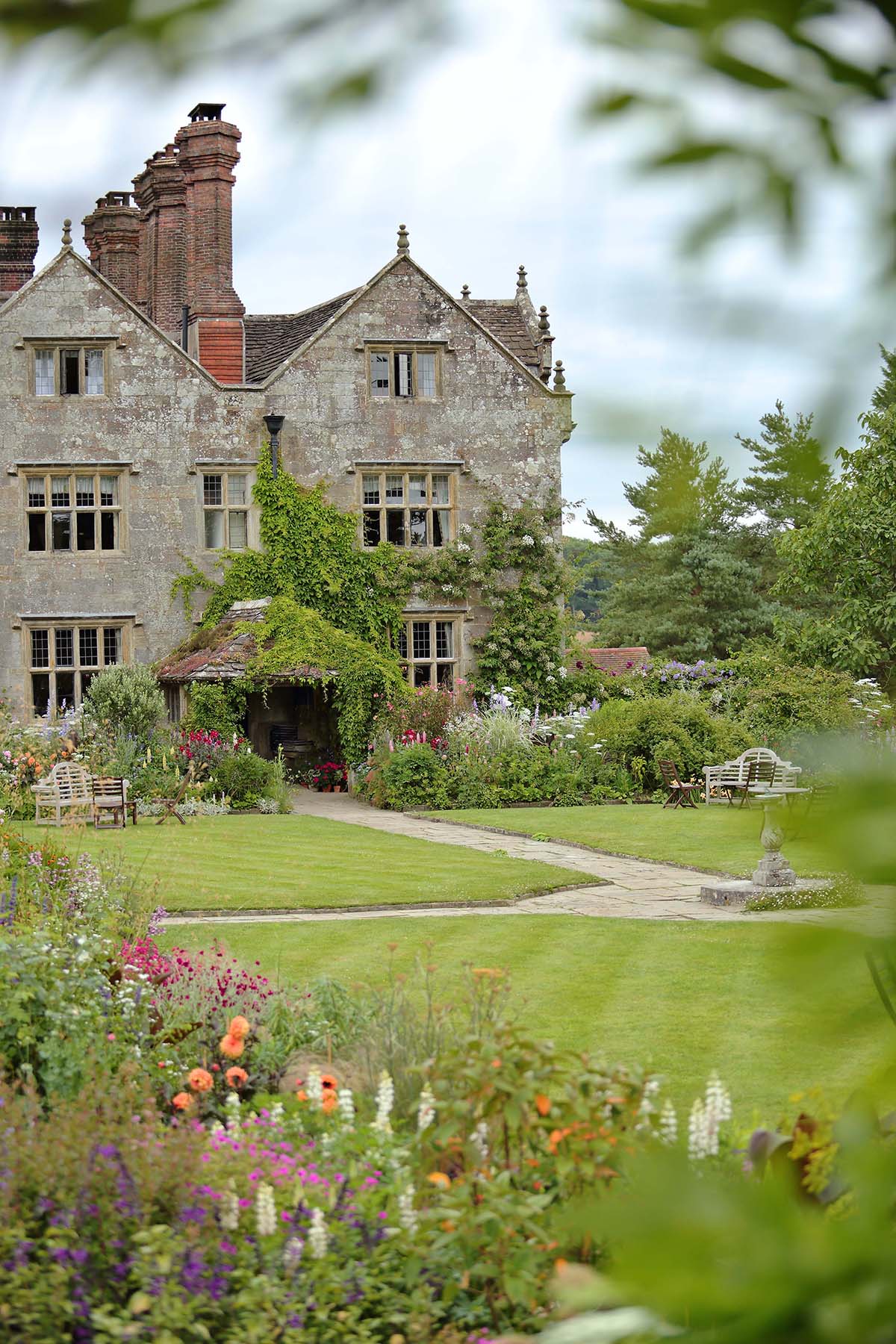
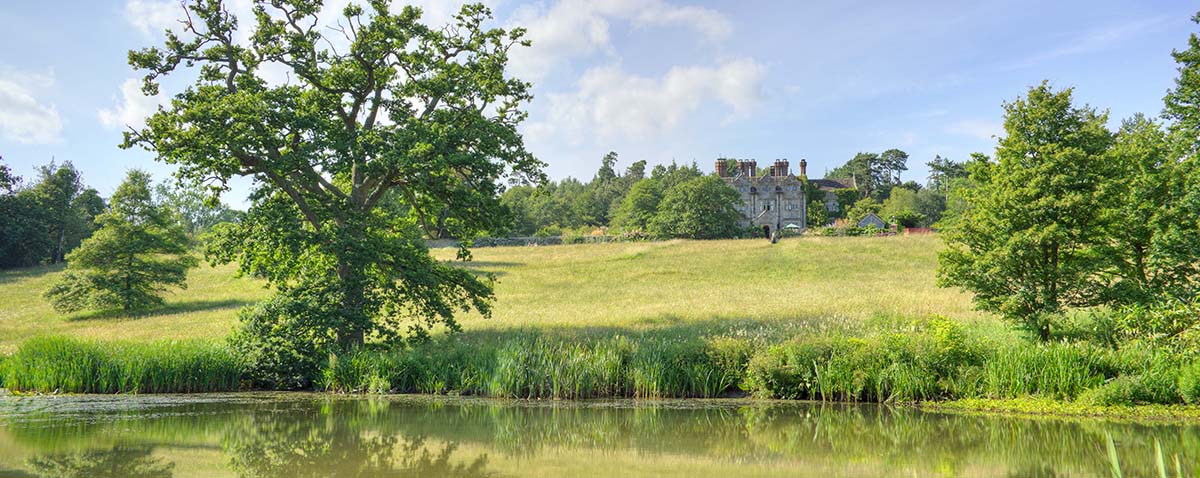
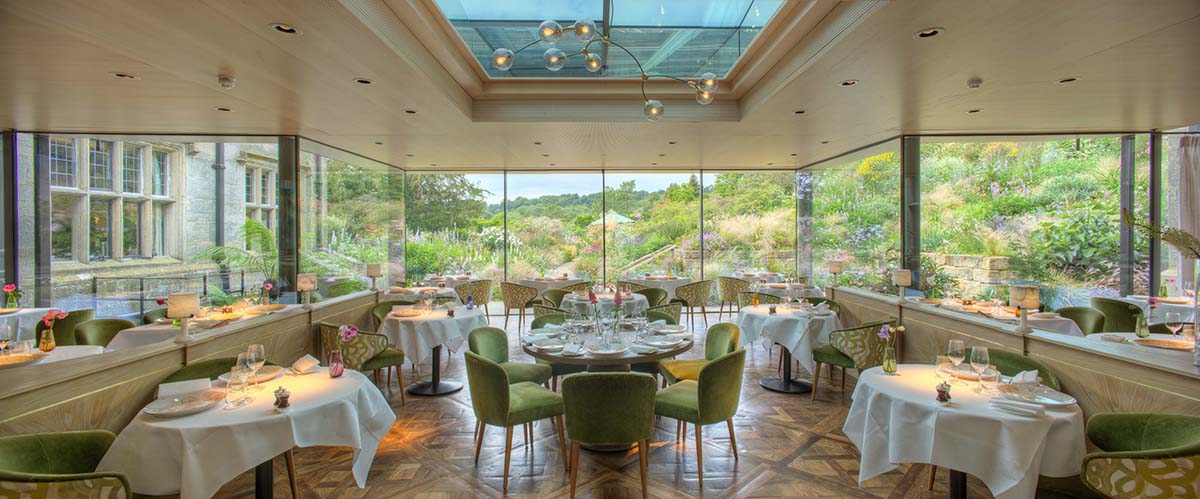

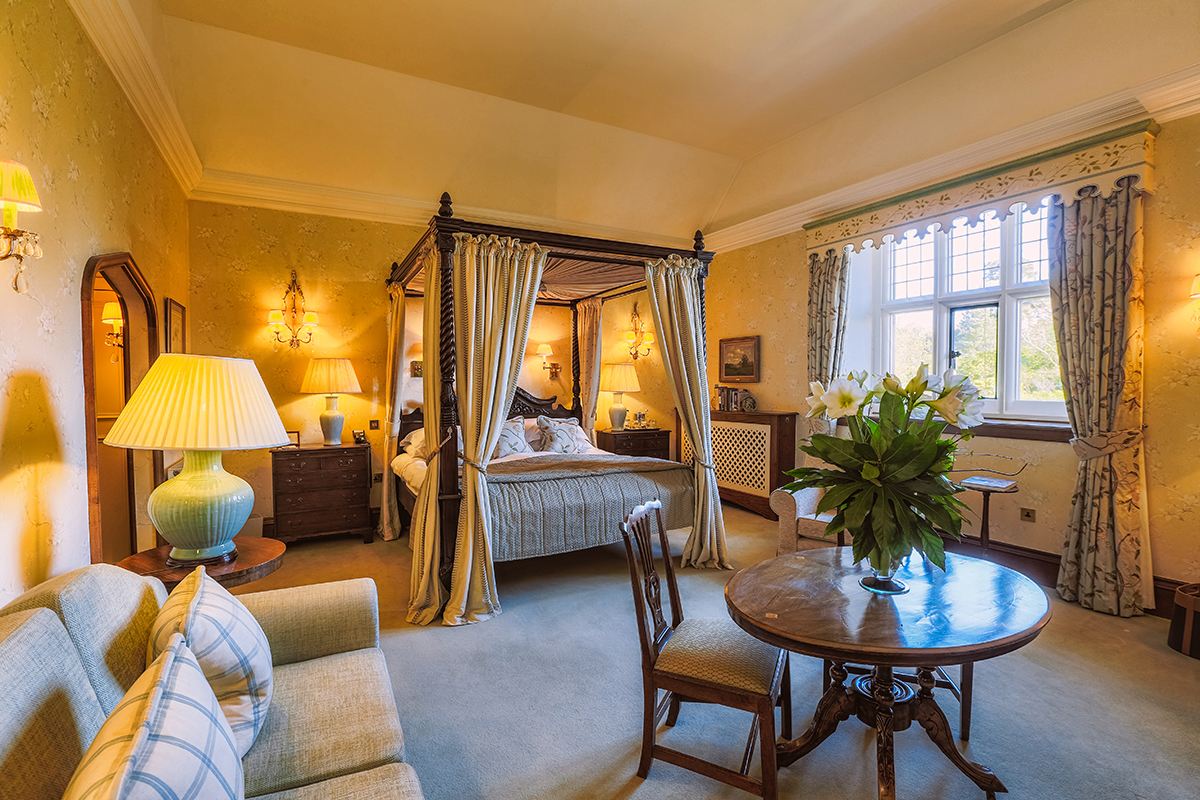

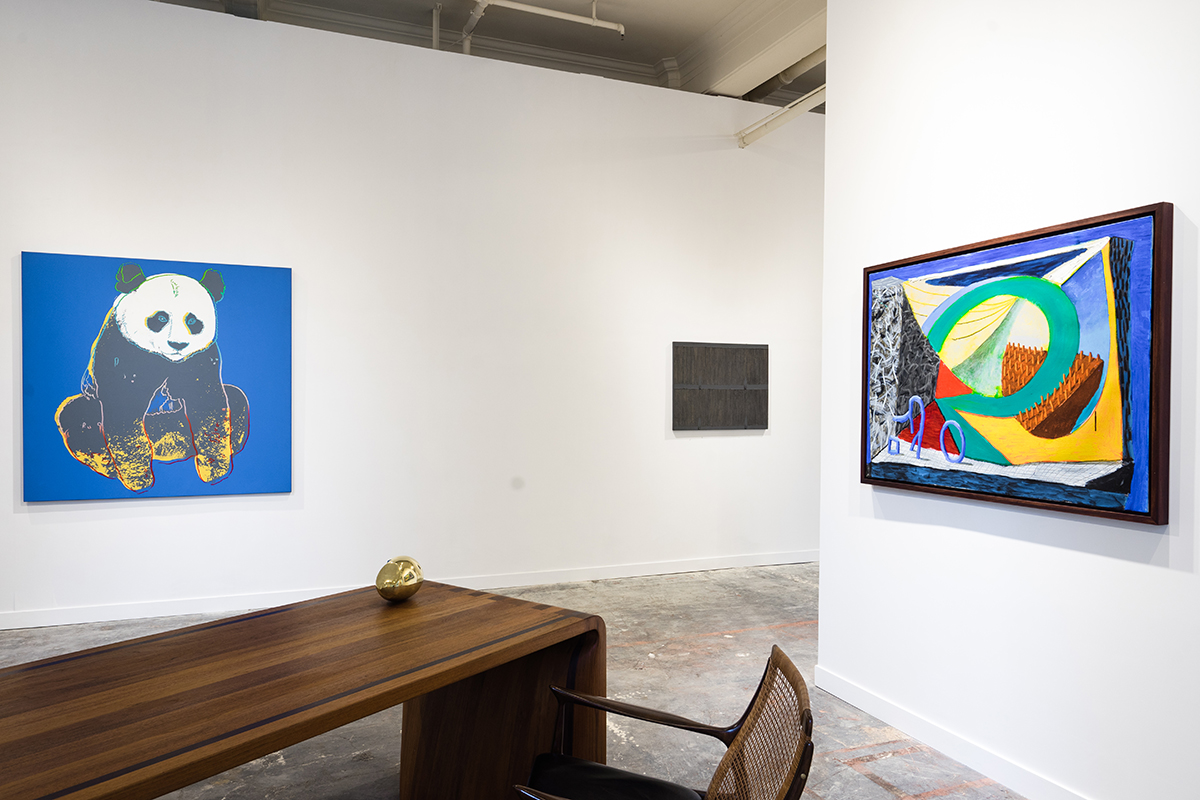


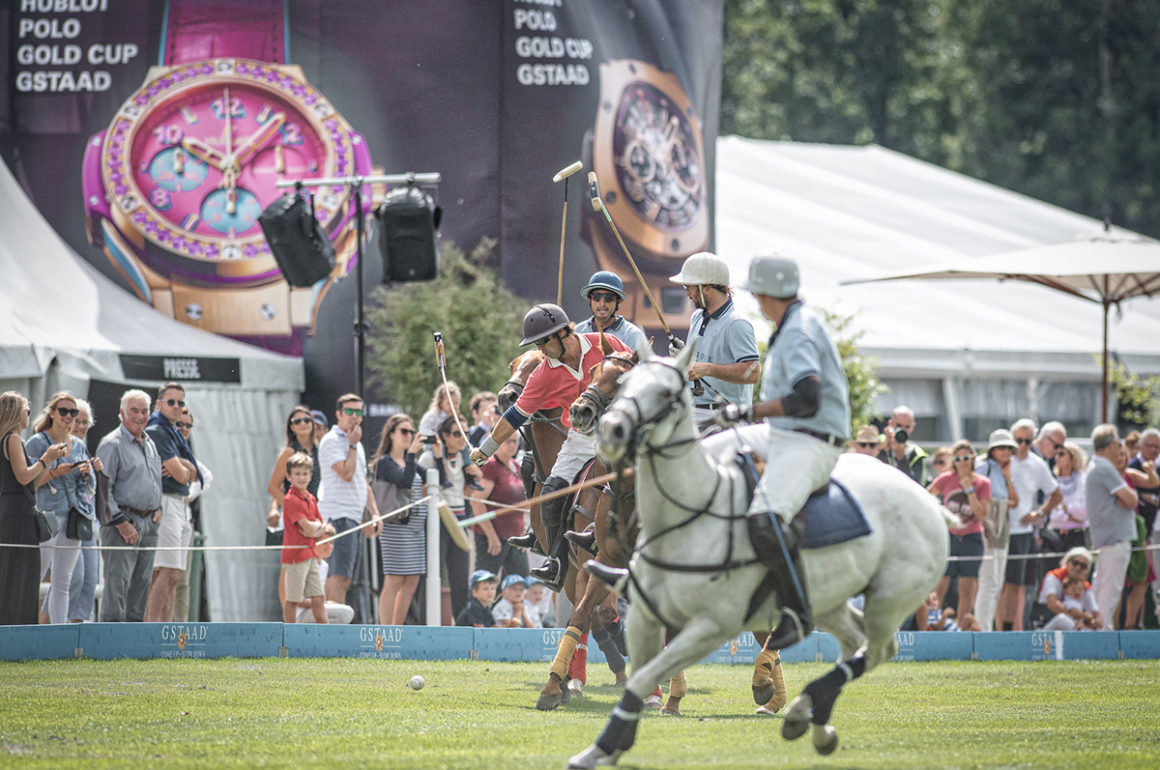
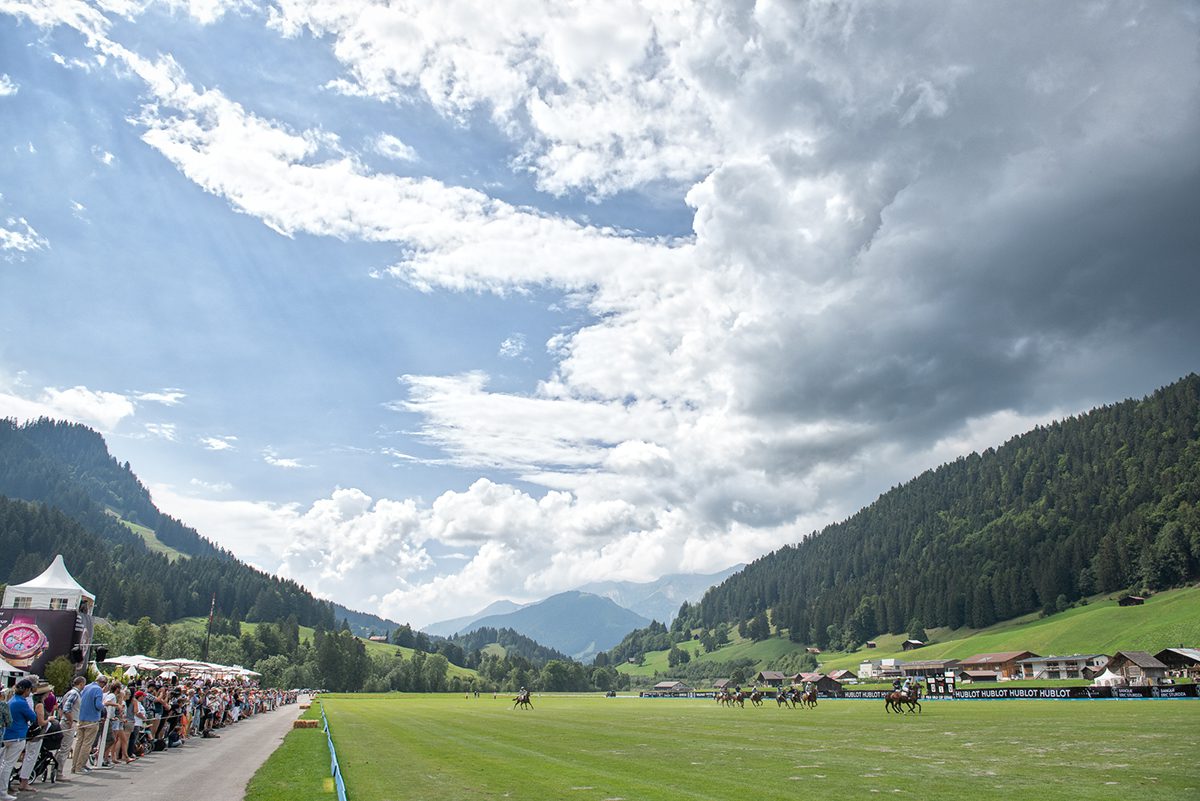
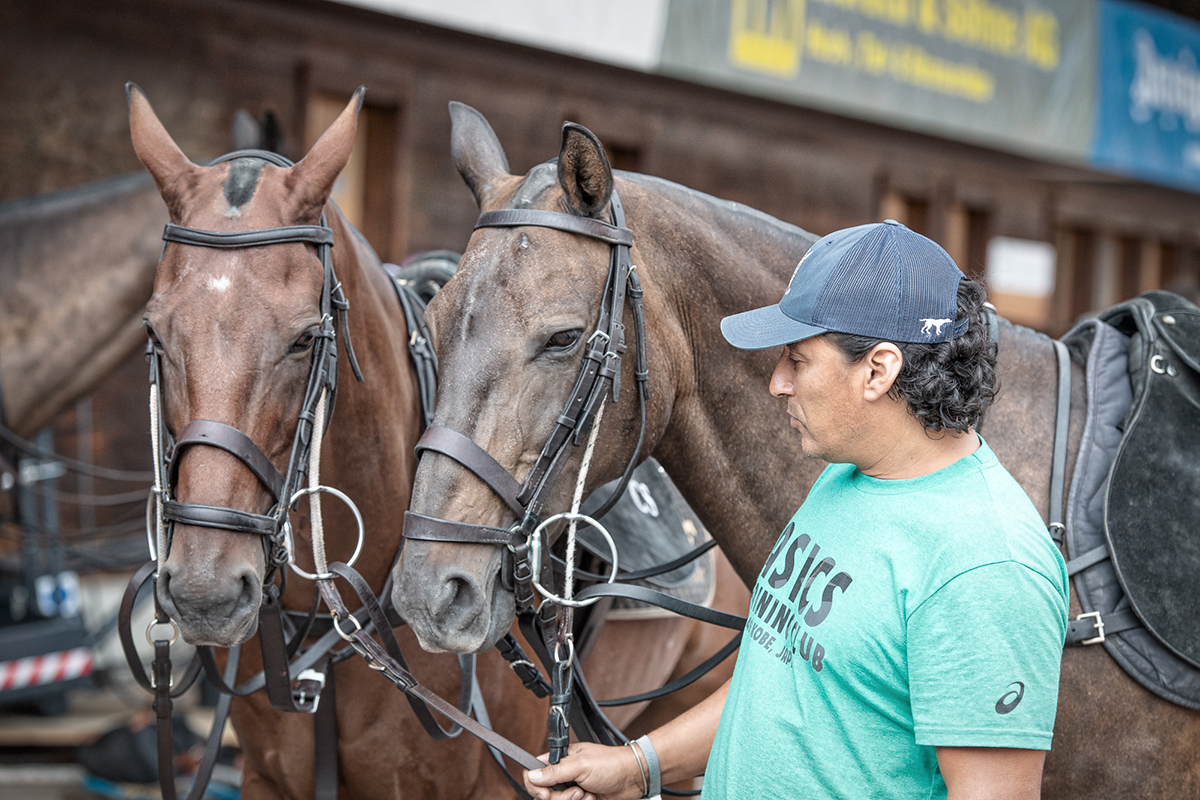
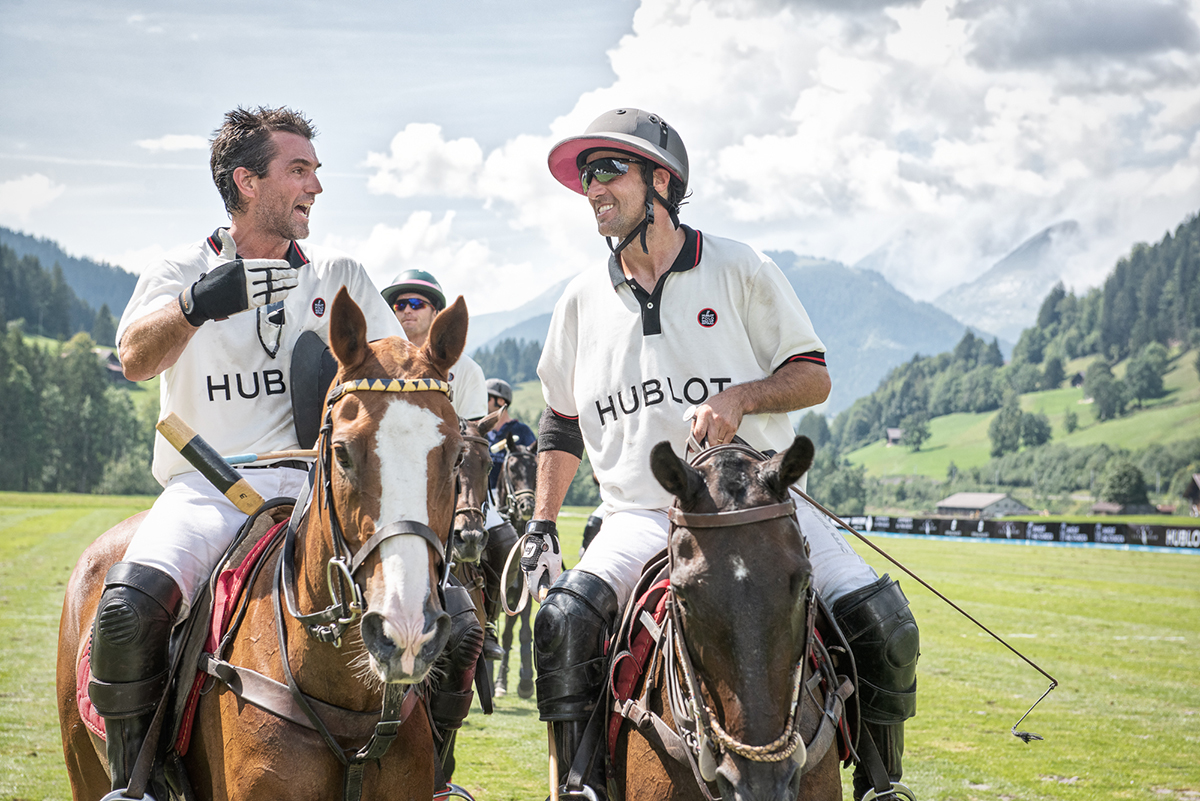
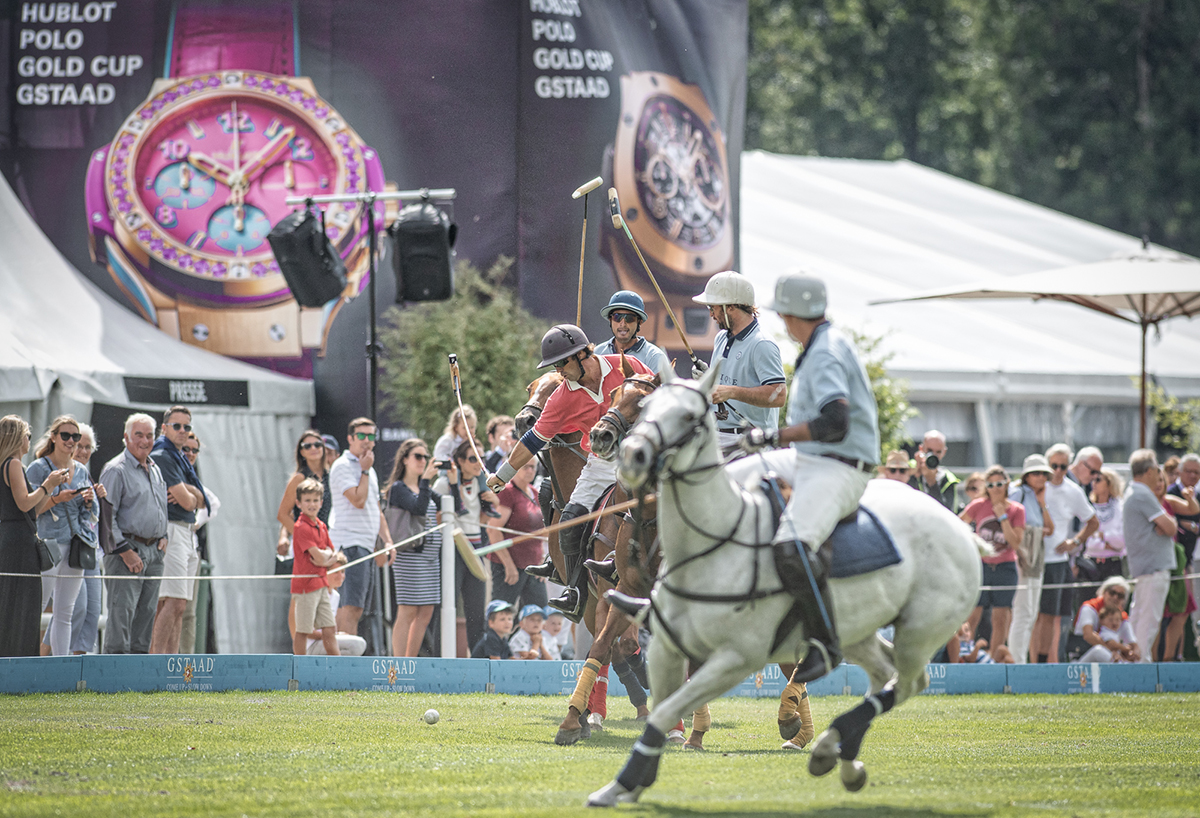
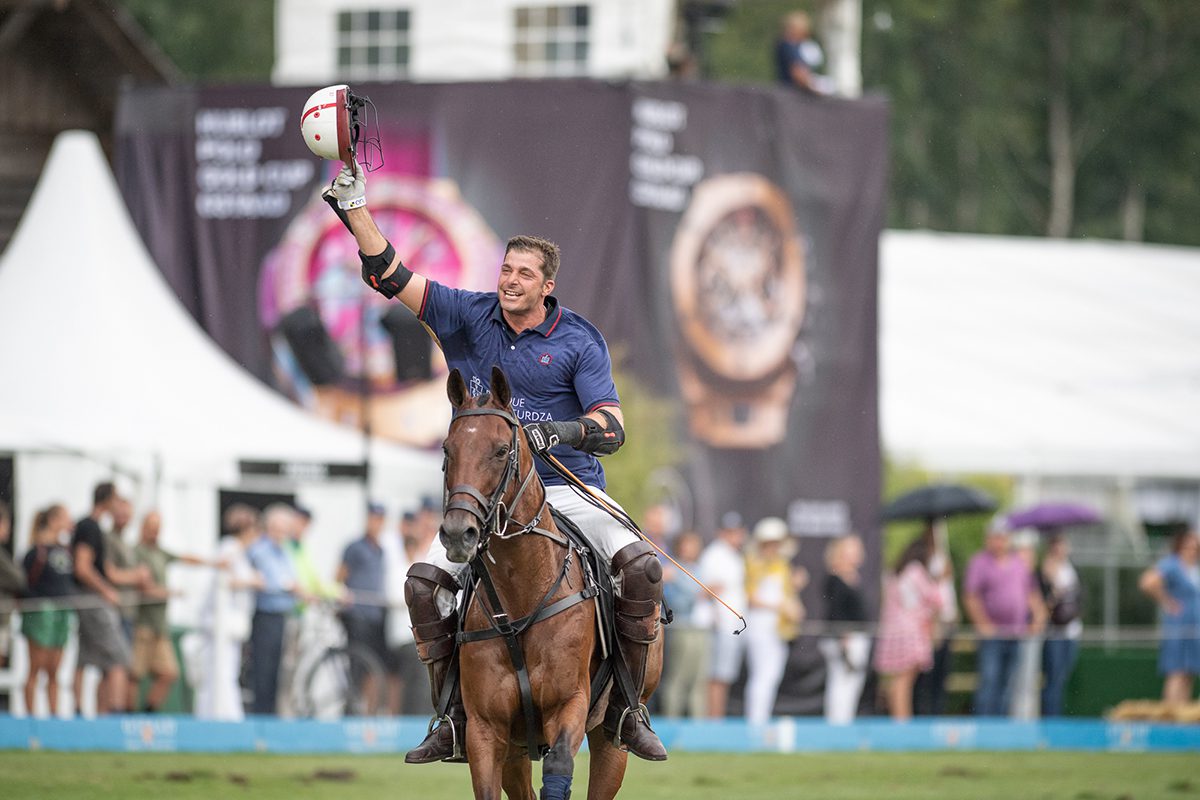






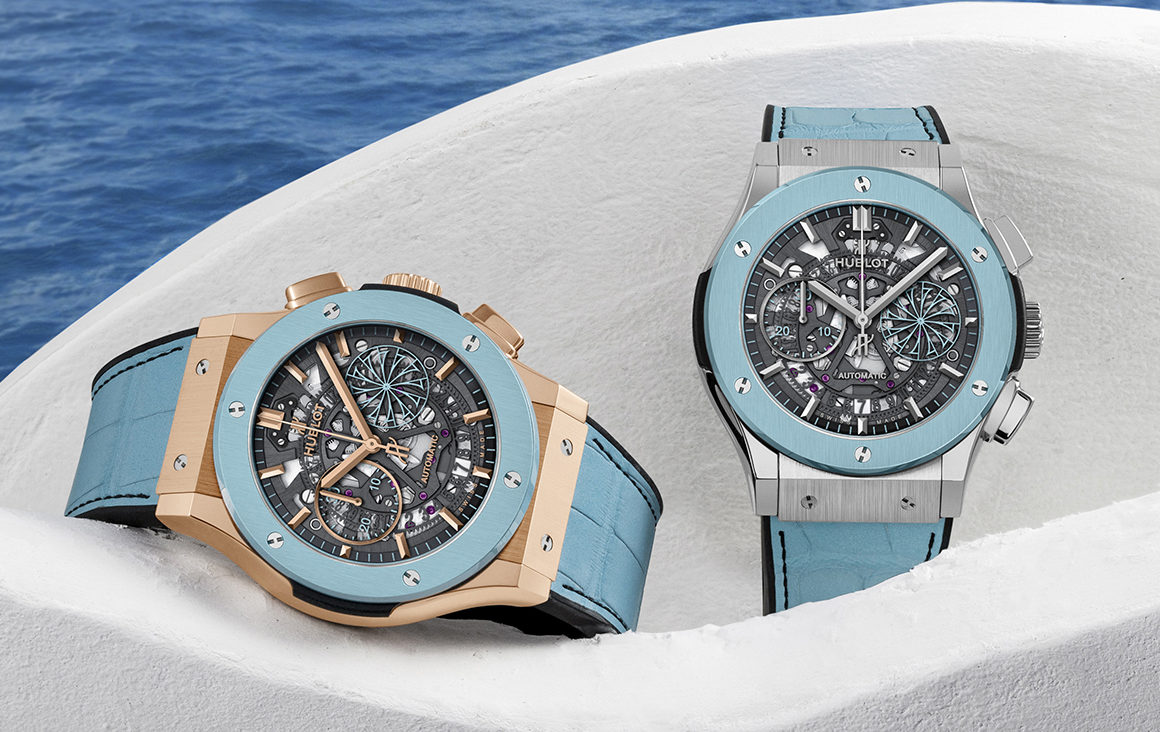
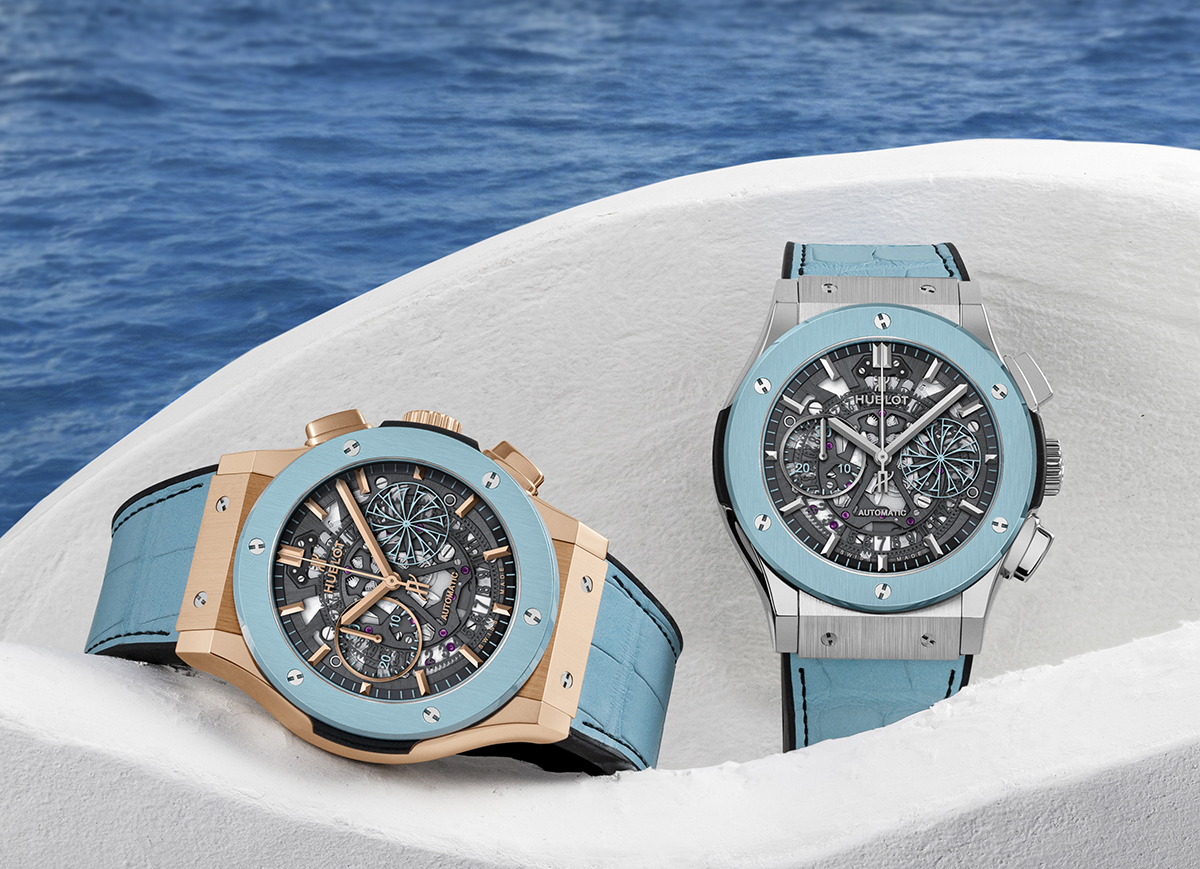
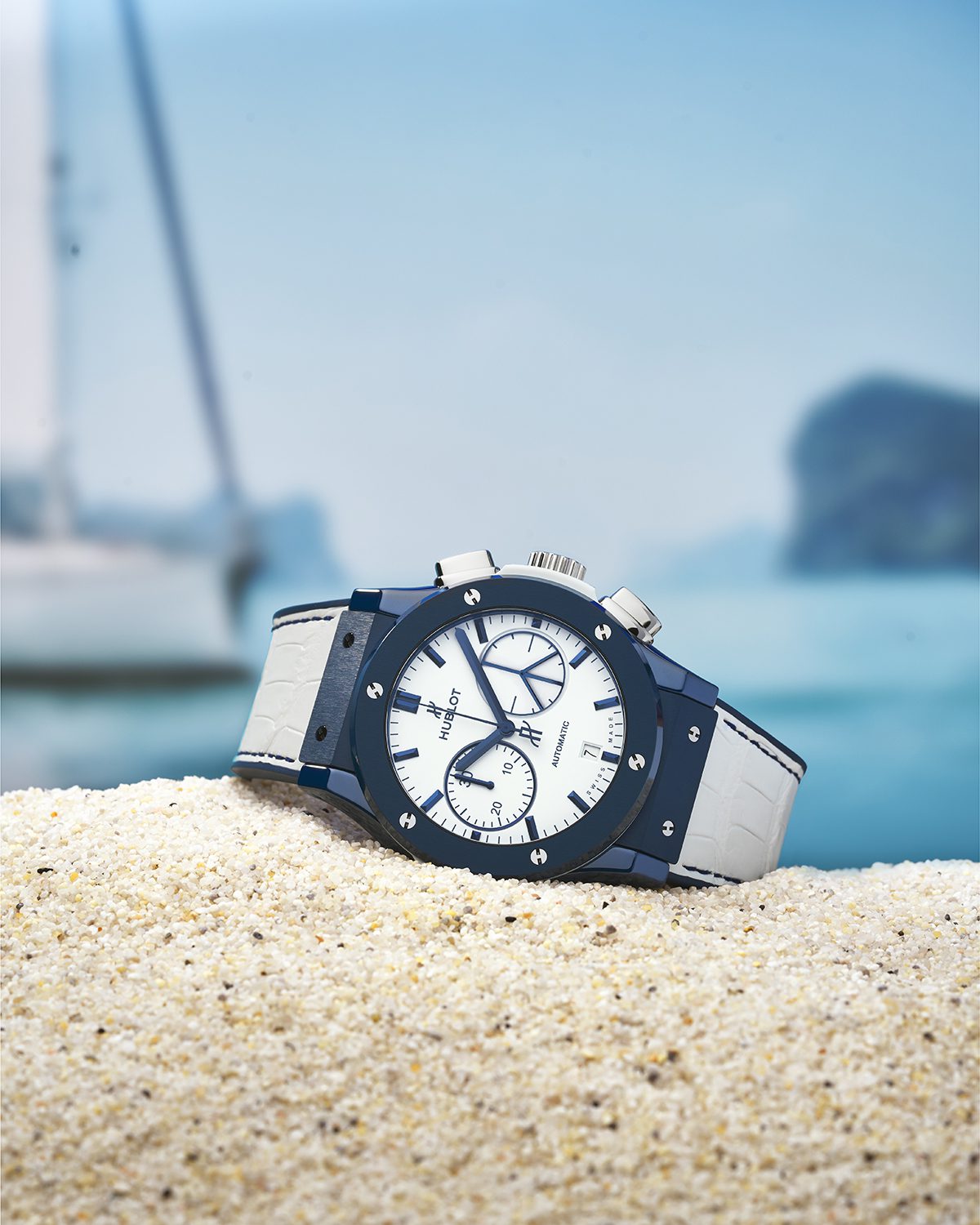
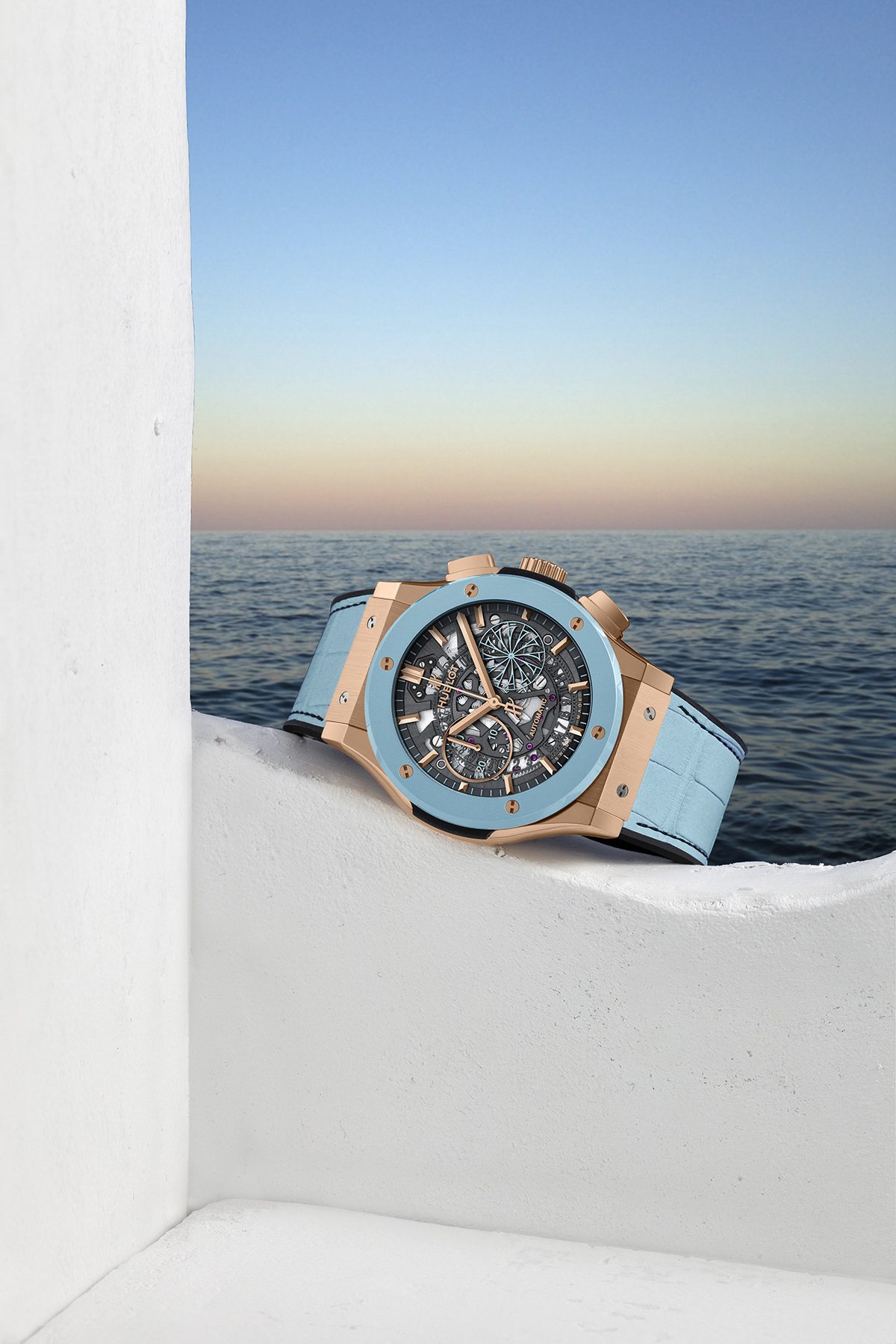
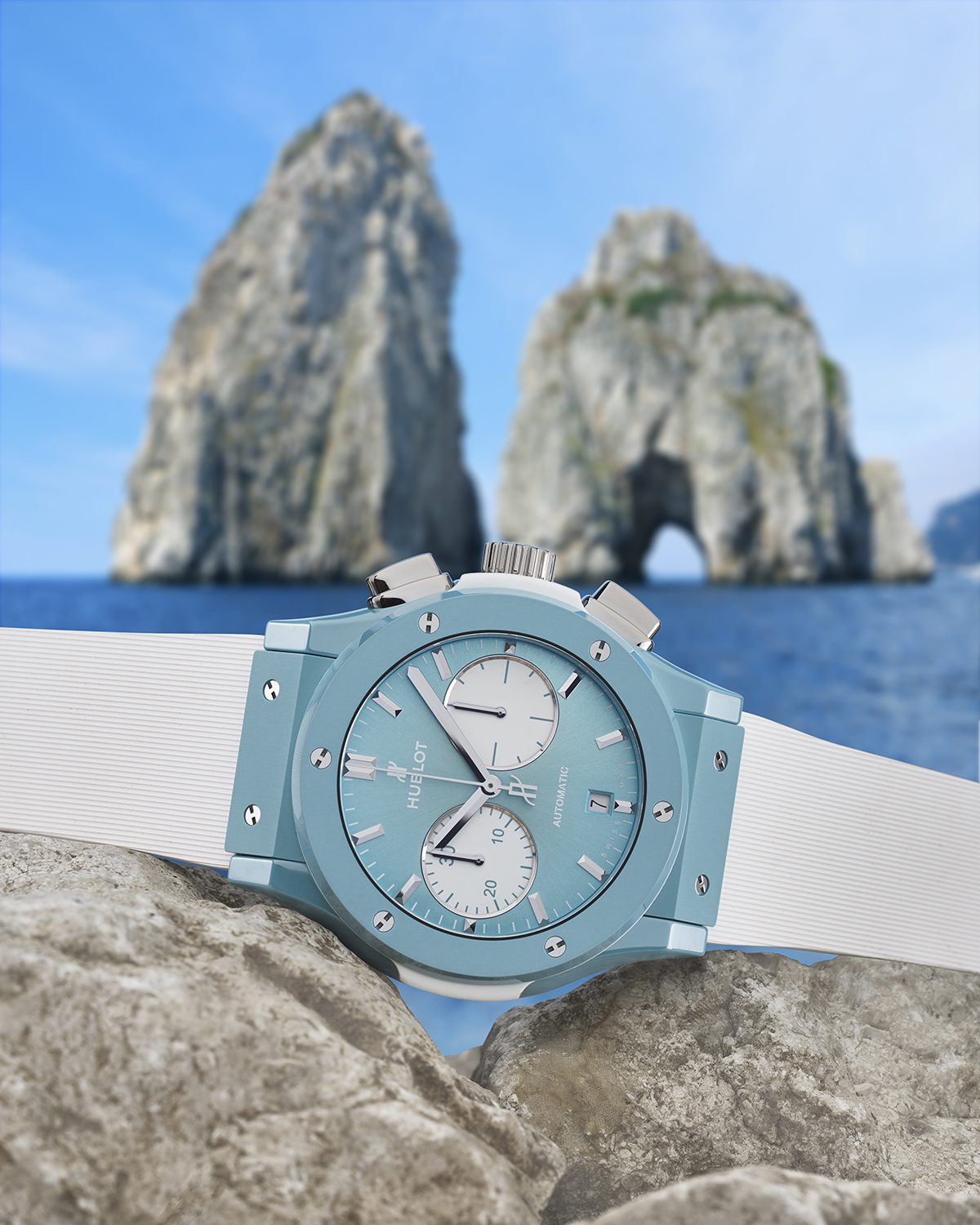














Recent Comments